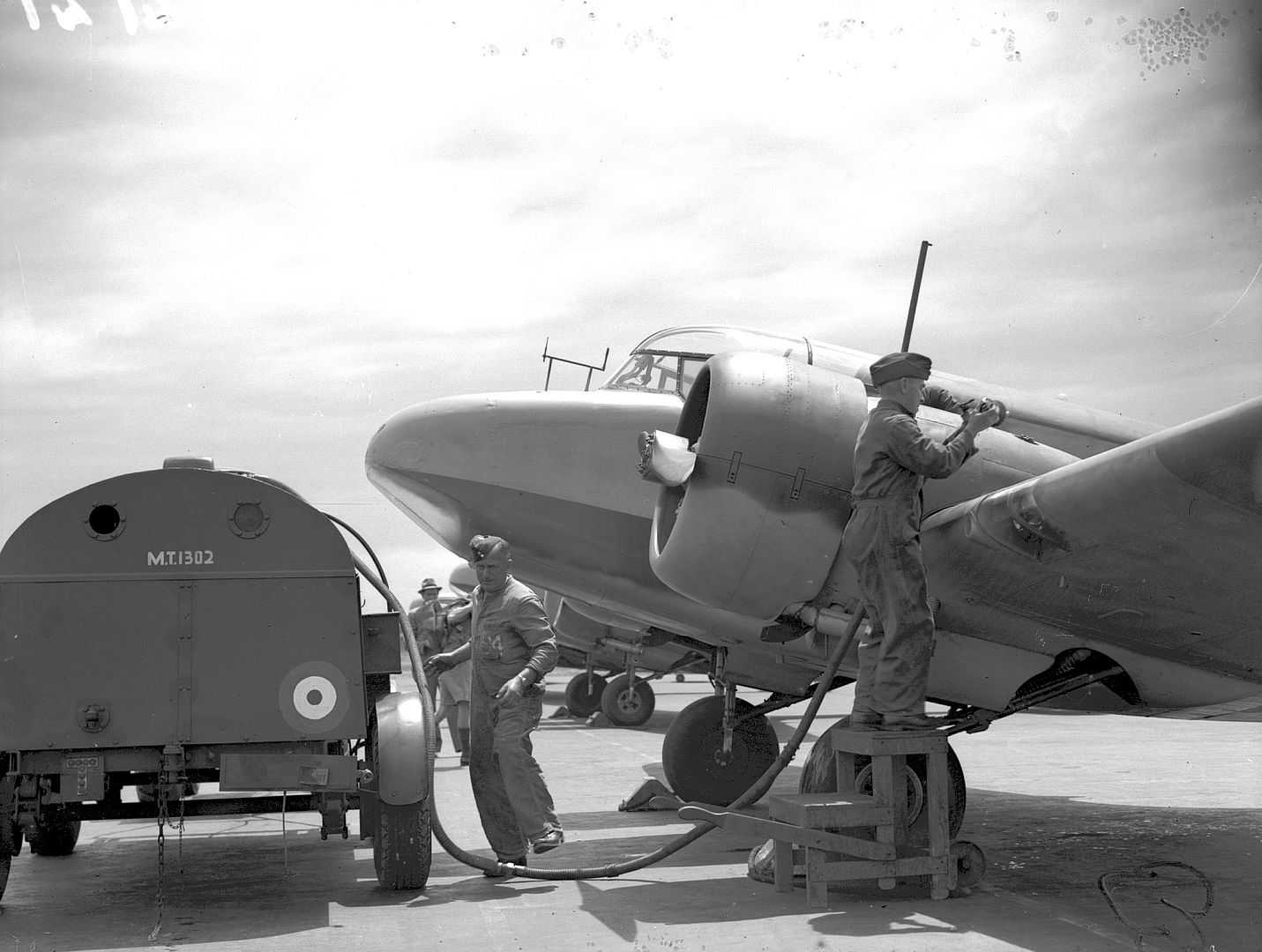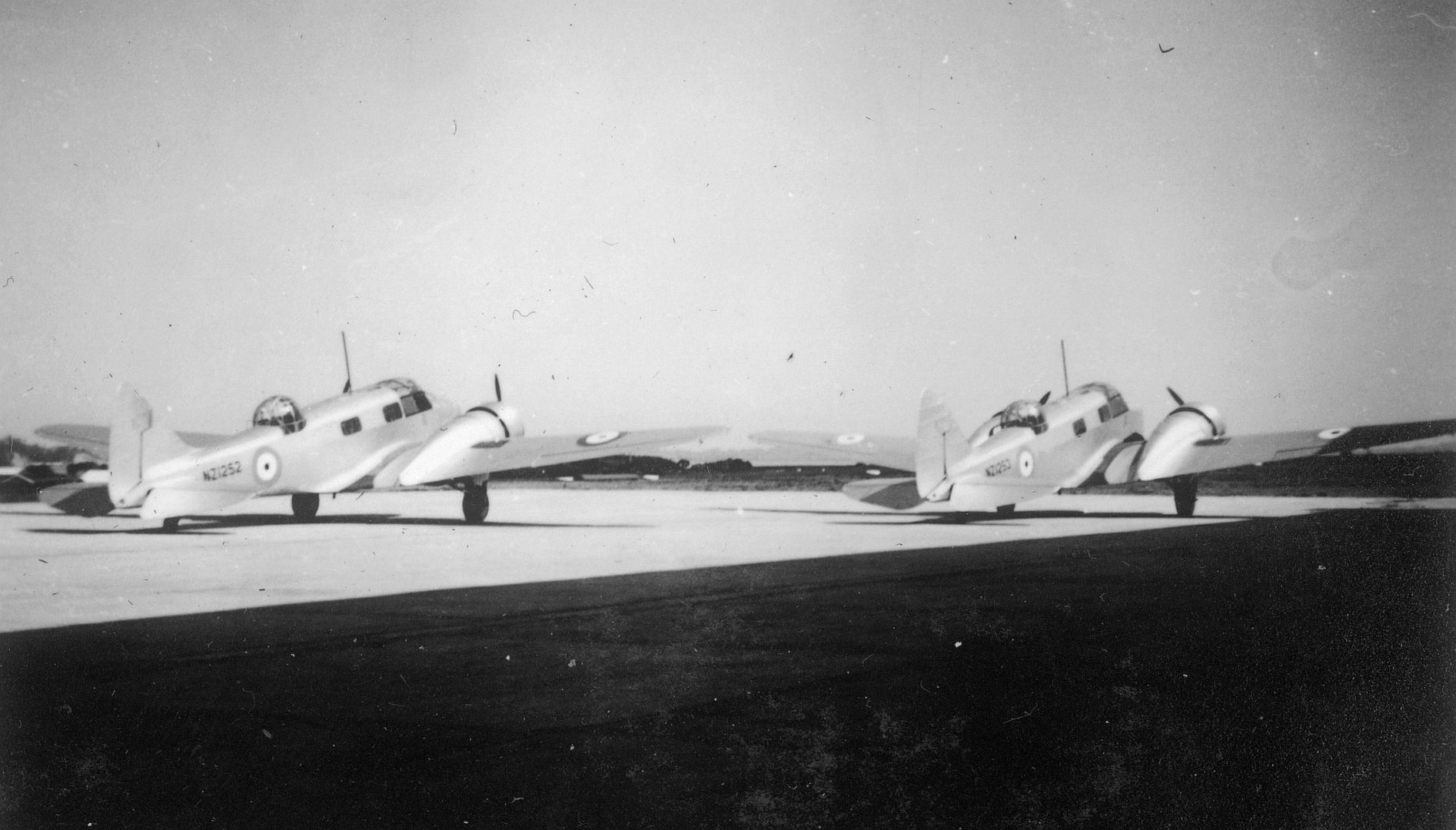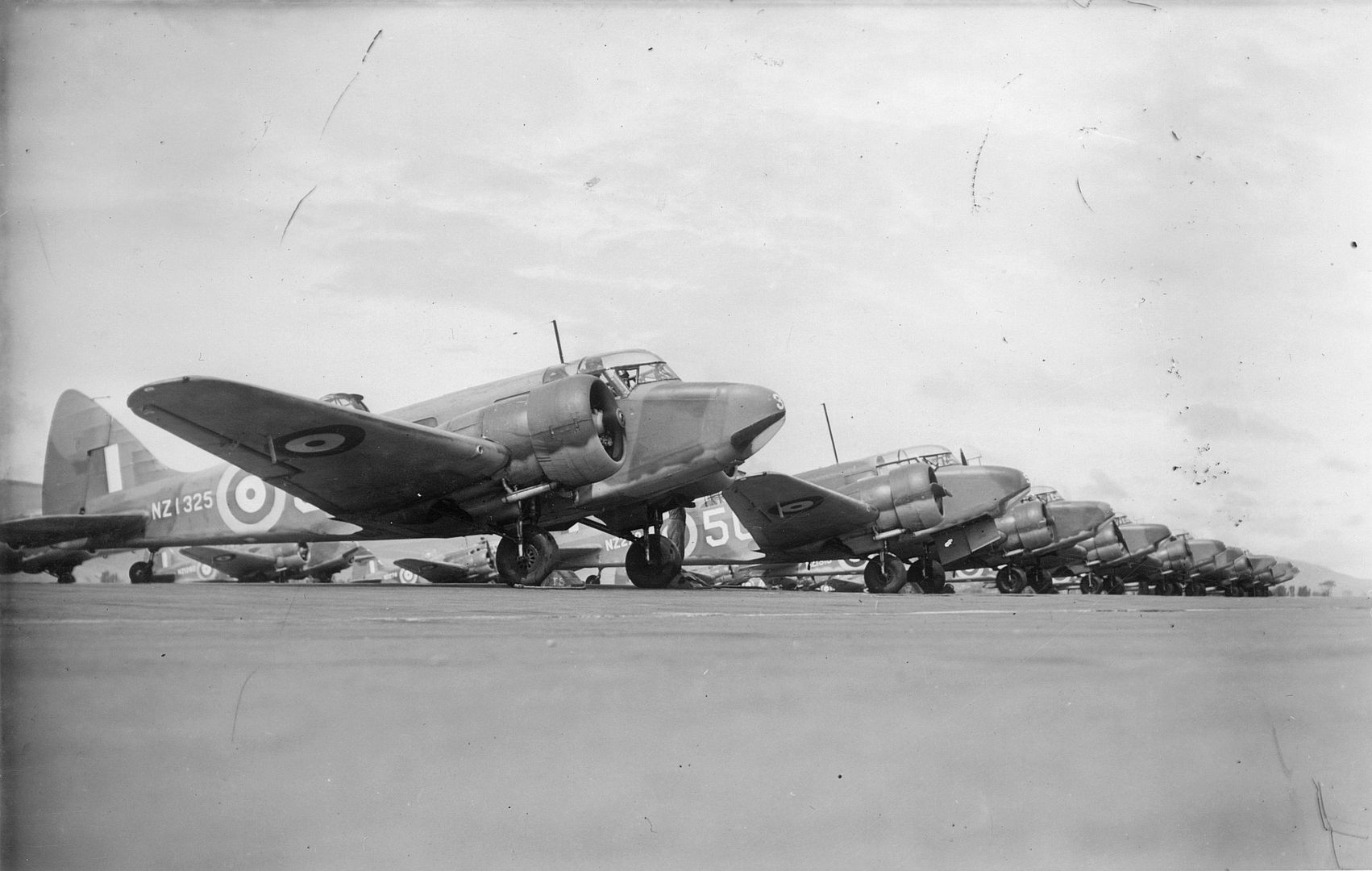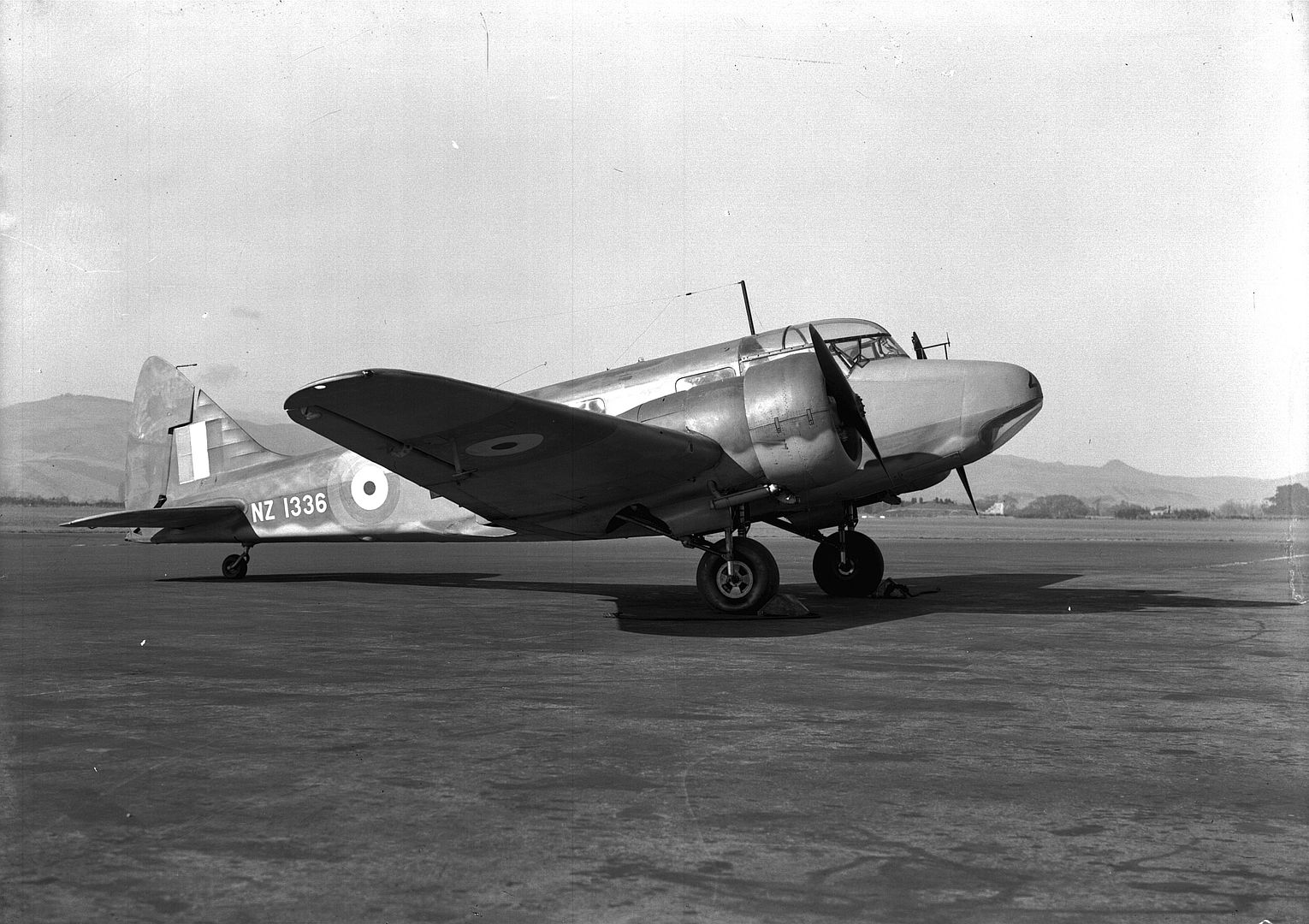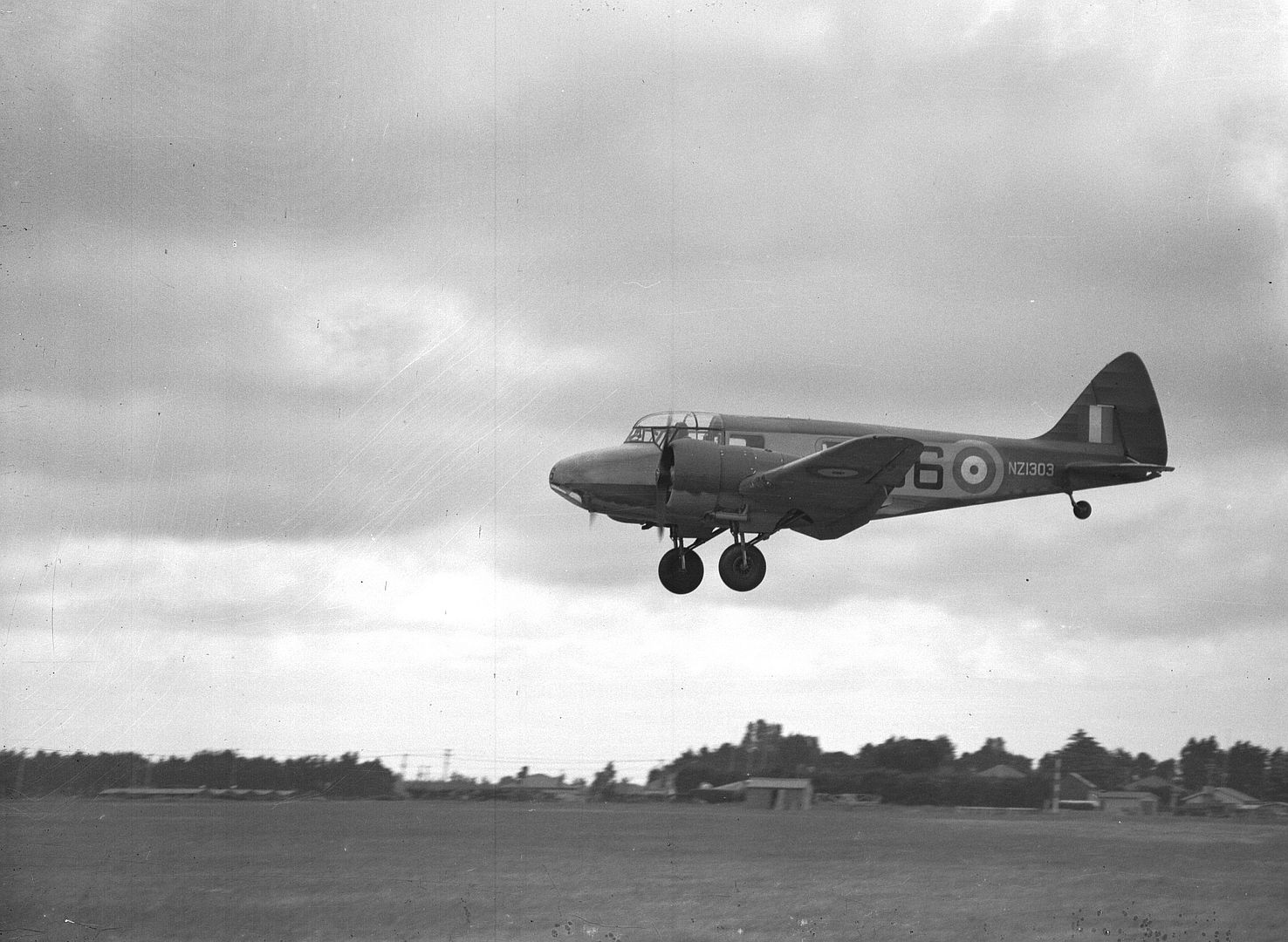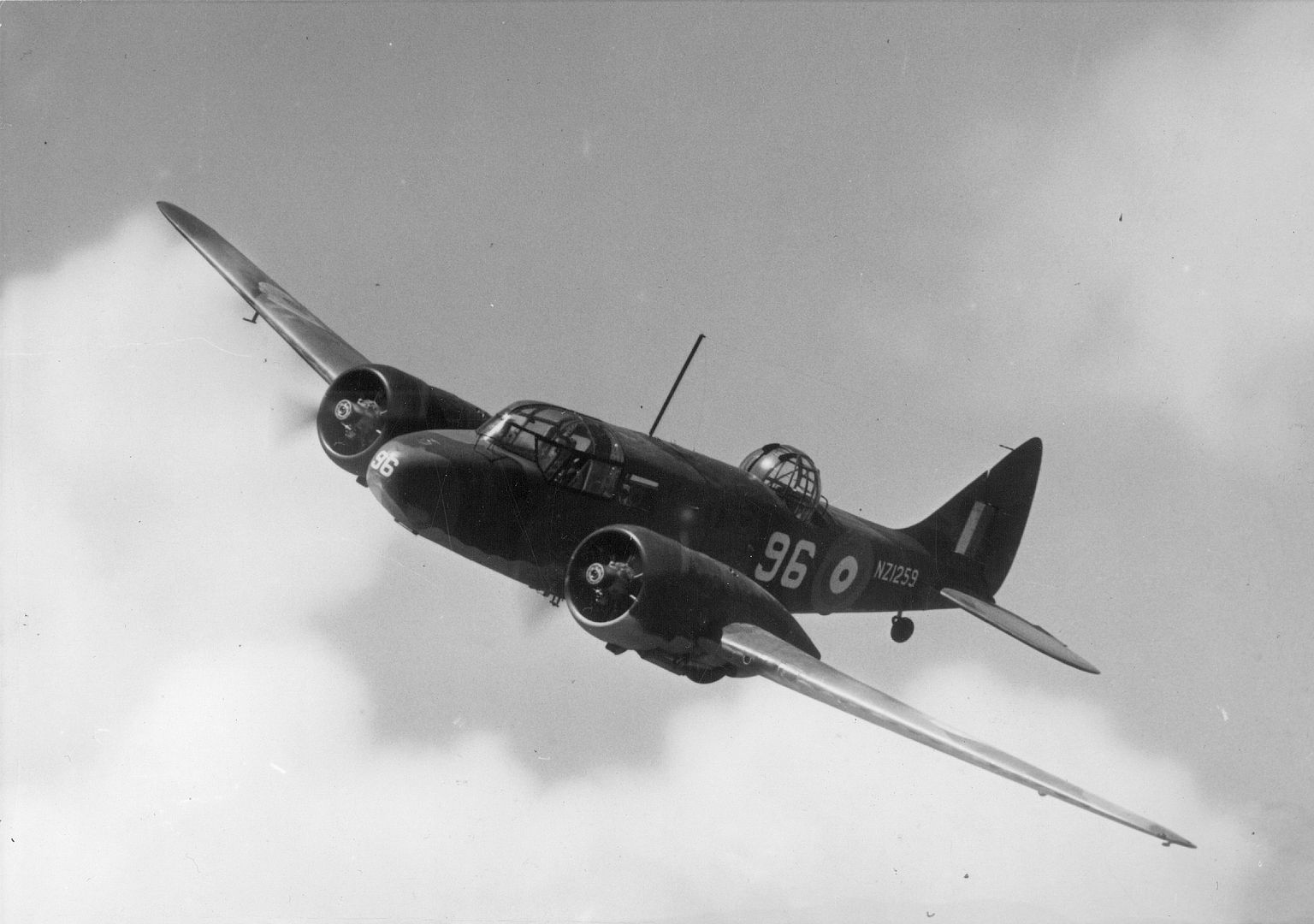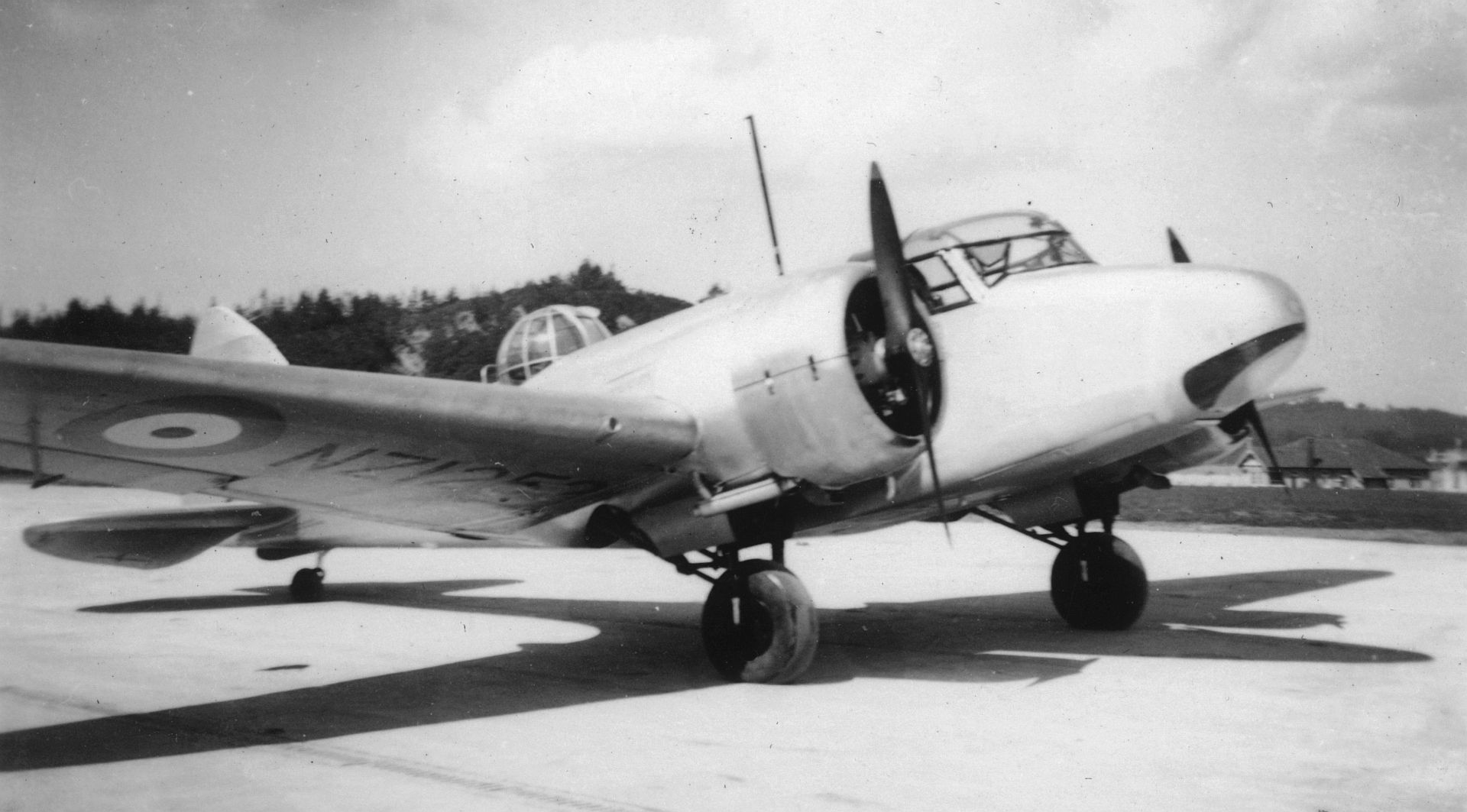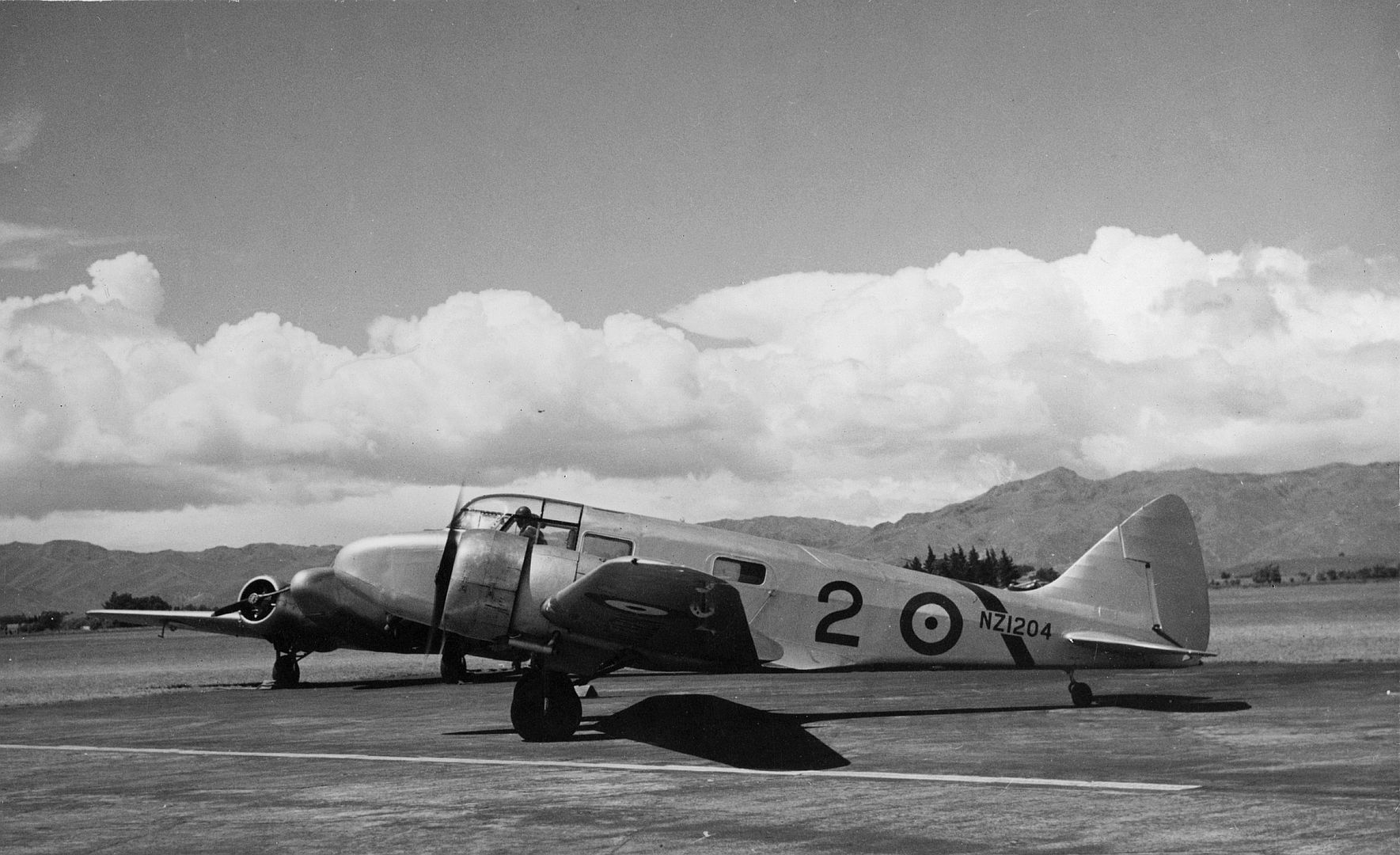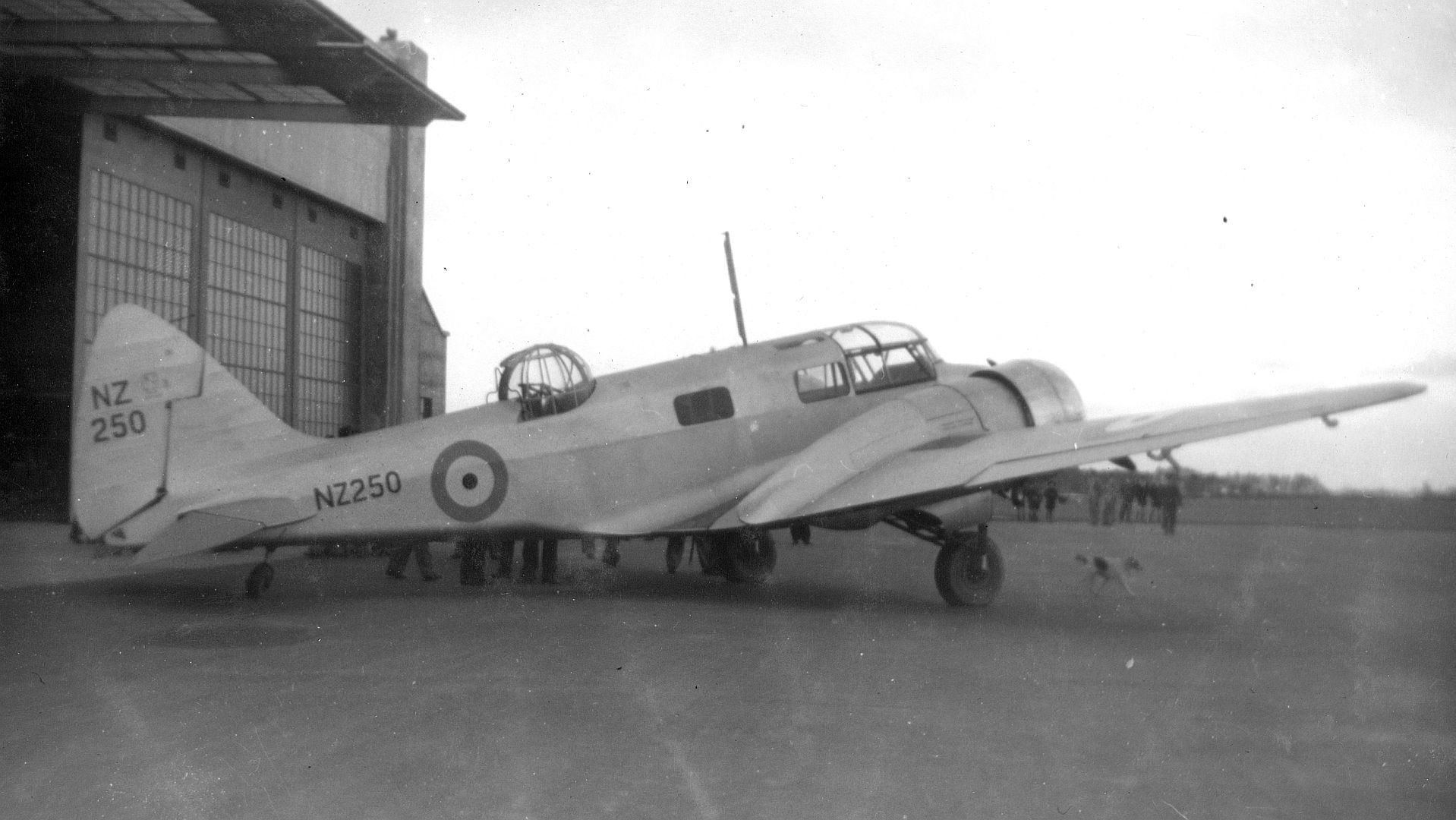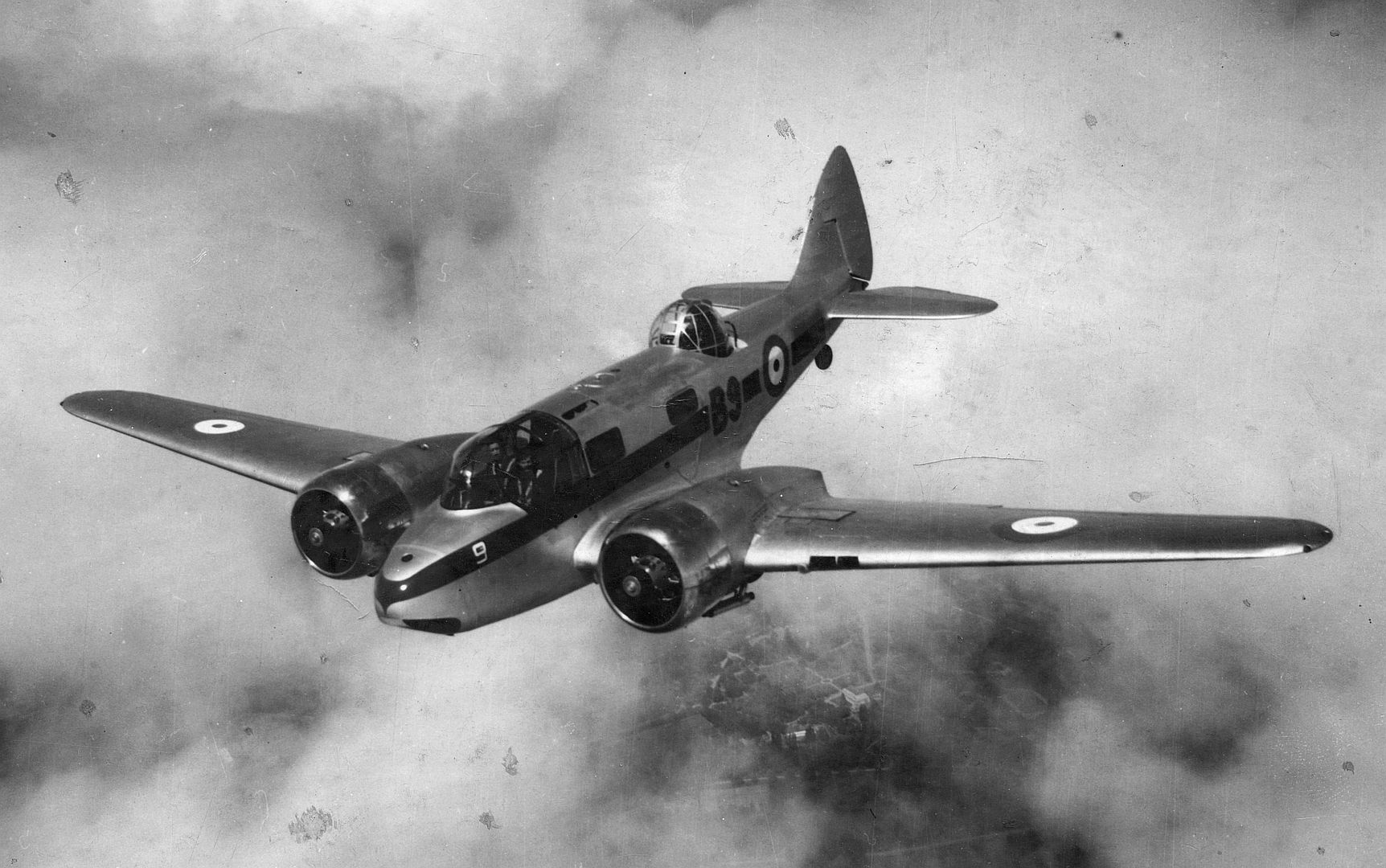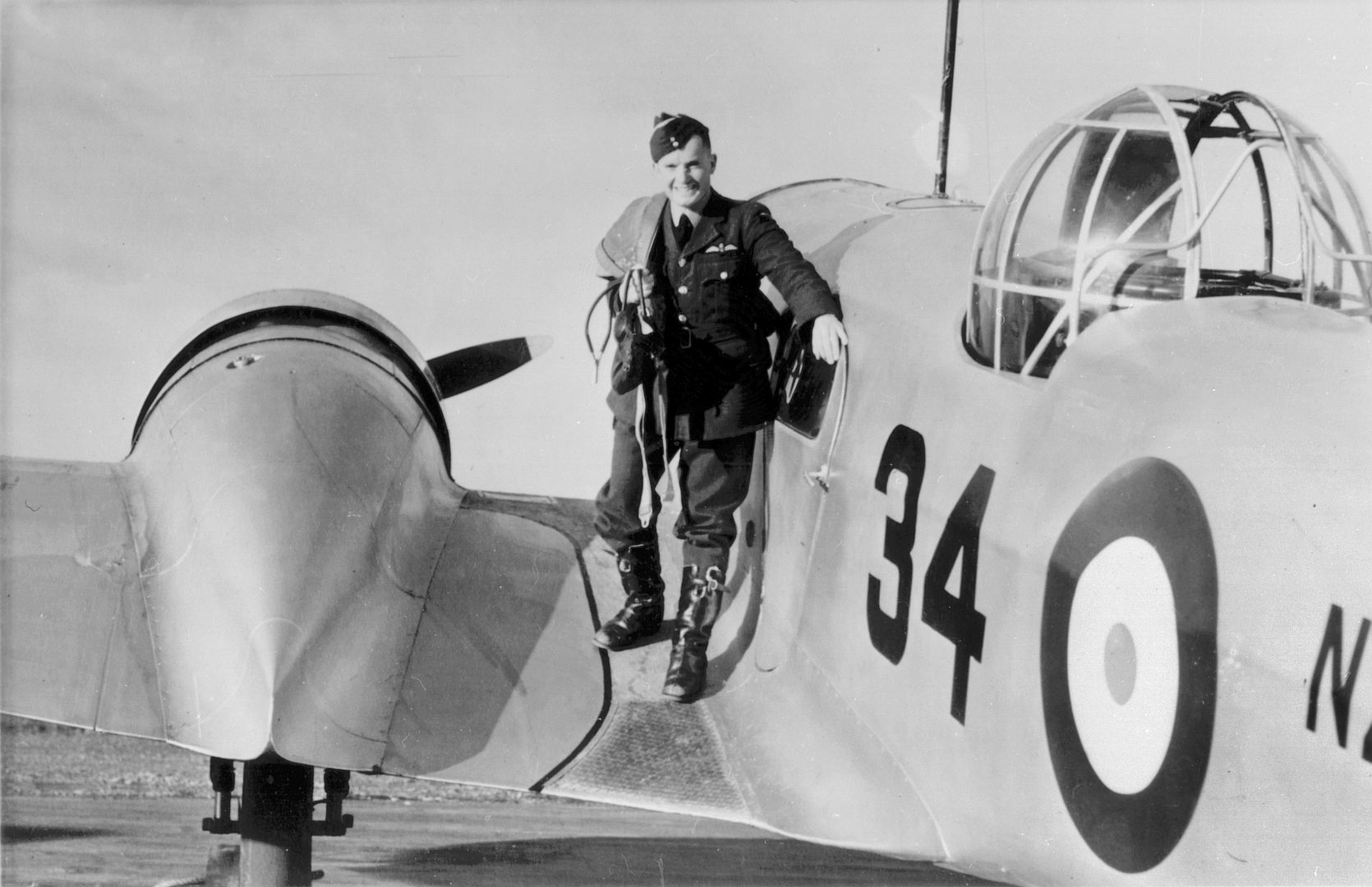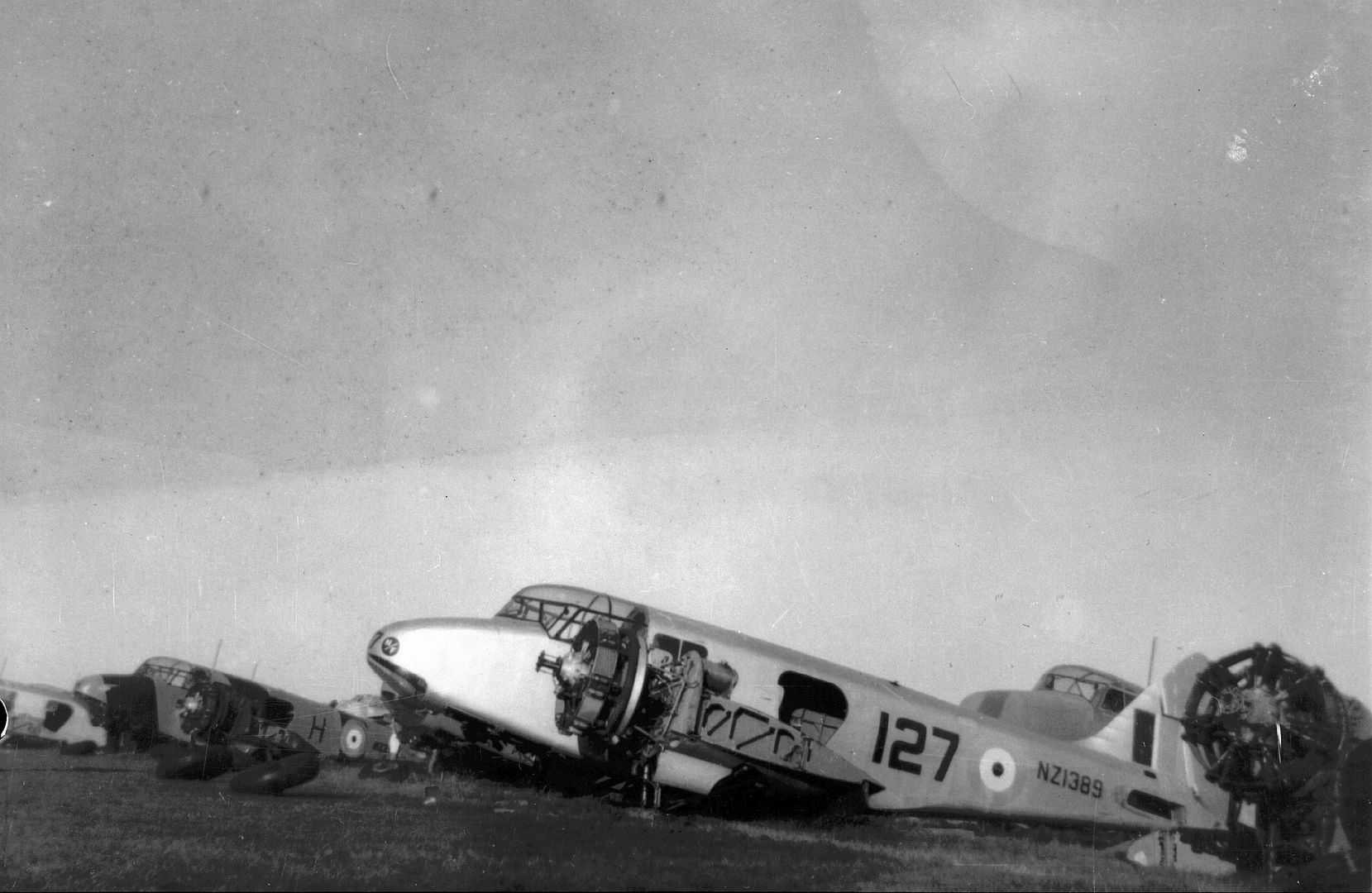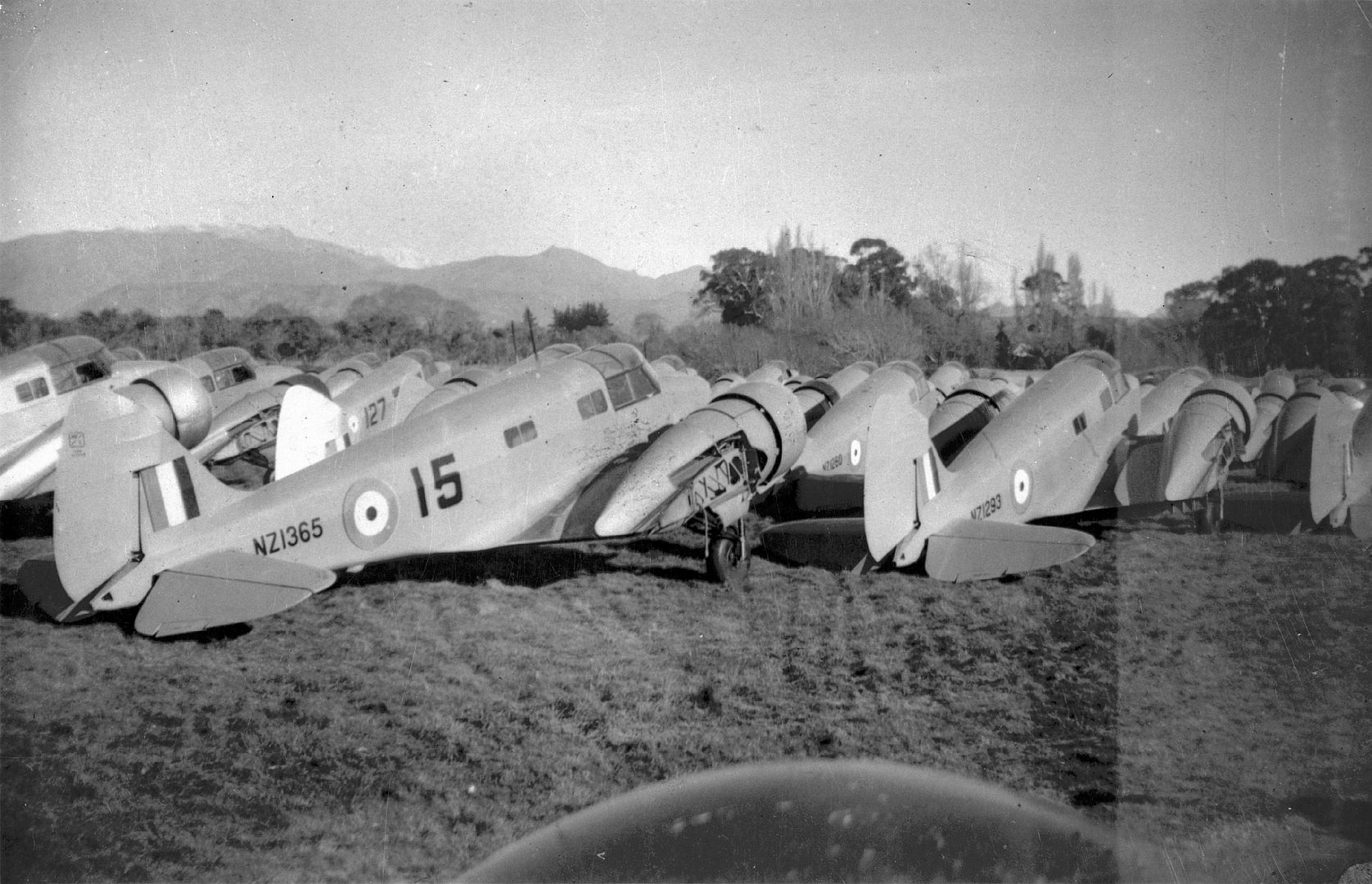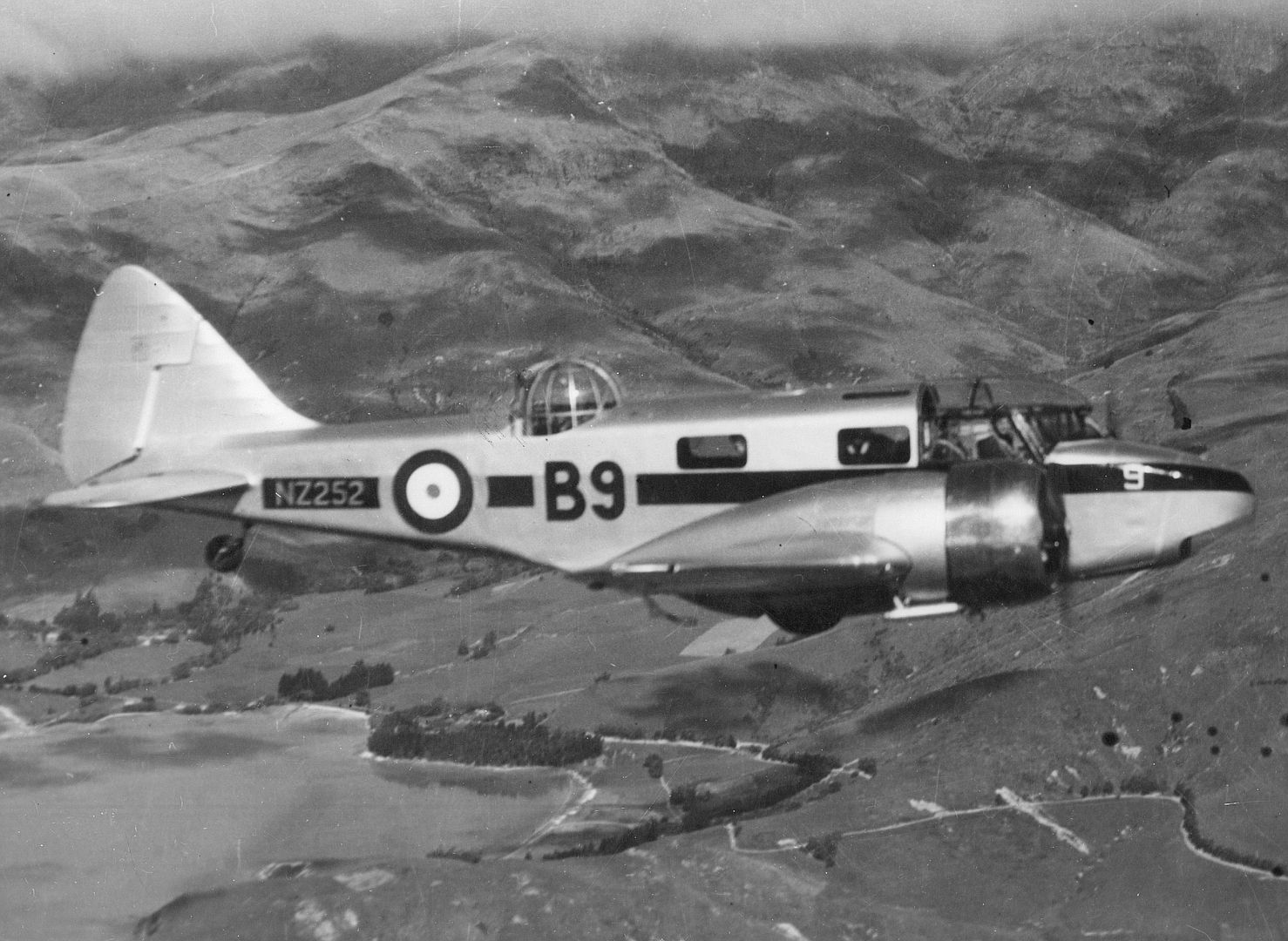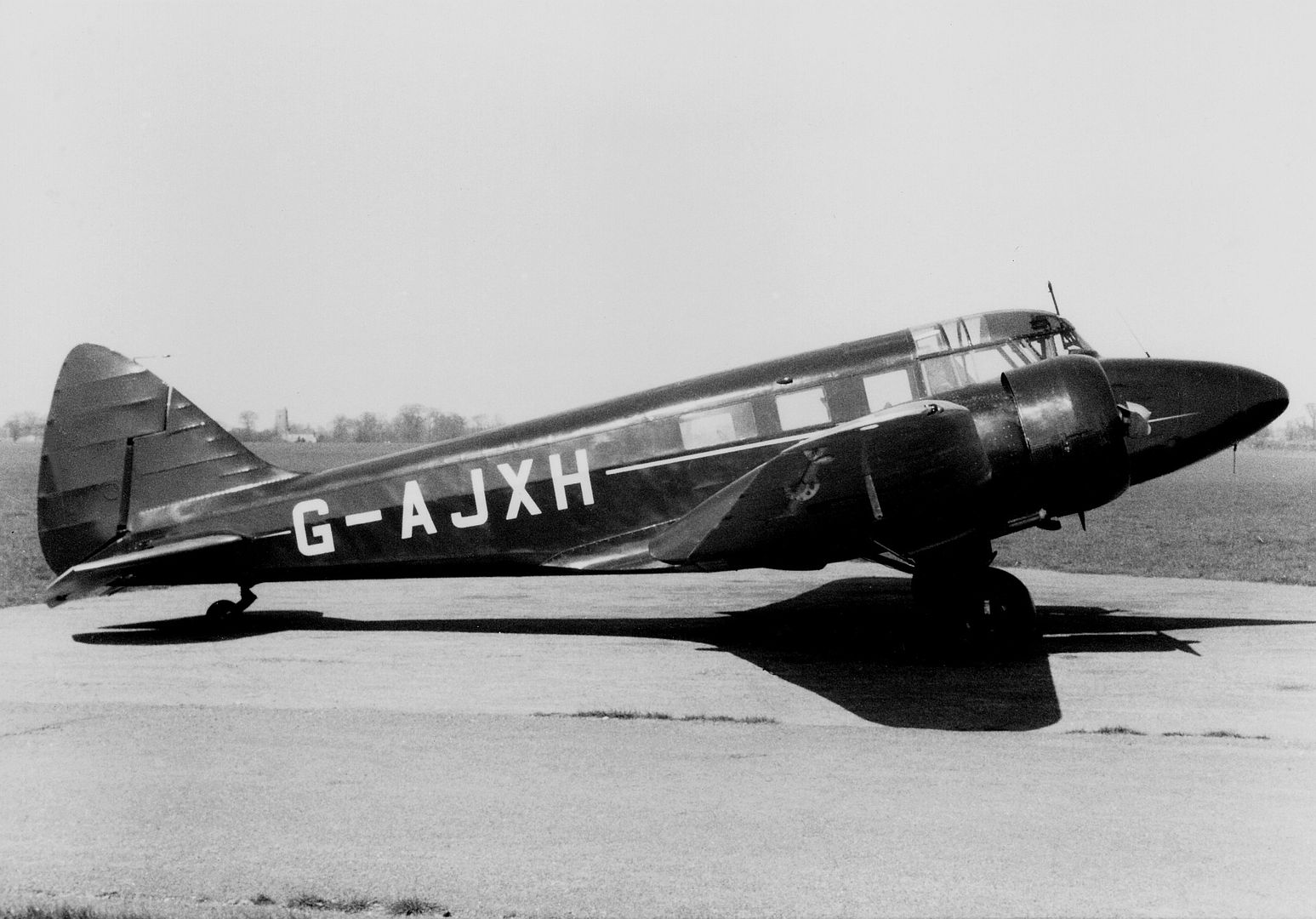Forums
- Forums
- Duggy's Reference Hangar
- RAF Library
- Airspeed Envoy & Oxford
Airspeed Envoy & Oxford
Post a reply
- Go to Previous topic
- Go to Next topic
- Go to Welcome
- Go to Introduce Yourself
- Go to General Discussion
- Go to Screenshots, Images and Videos
- Go to Off topic
- Go to Works in Progress
- Go to Skinning Tips / Tutorials
- Go to Skin Requests
- Go to IJAAF Library
- Go to Luftwaffe Library
- Go to RAF Library
- Go to USAAF / USN Library
- Go to Misc Library
- Go to The Ops Room
- Go to Made in Germany
- Go to Campaigns and Missions
- Go to Works in Progress
- Go to Juri's Air-Raid Shelter
- Go to Campaigns and Missions
- Go to Works in Progress
- Go to Skinpacks
- Go to External Projects Discussion
- Go to Books & Resources
-
13 years agoMon Dec 09 2024, 10:43amDuggy
 Main AdminThe Envoy was designed by A. H. (Hessell) Tiltman as a twin-engined development of his earlier Courier. It used the same wooden construction, outer wing panels and innovative retracting main undercarriage.
Main AdminThe Envoy was designed by A. H. (Hessell) Tiltman as a twin-engined development of his earlier Courier. It used the same wooden construction, outer wing panels and innovative retracting main undercarriage.
The Envoy was a twin-engined low-wing cabin monoplane of all-wood construction apart from fabric covered control surfaces. It had a rearward retracting main undercarriage with a fixed tailwheel. The aircraft was built in three series, the Series I was the initial production variant which did not have trailing-edge flaps, seventeen built. Thirteen Series II variants were built with split flaps and the Series III (19-built) was similar but had detailed improvements. Each series of the Envoy was sold with a choice of engines including the Wolseley Aries, Armstrong Siddeley Cheetah V or Armstrong Siddeley Lynx IVC radial engines. These different engines were housed under a variety of cowlings, mostly short chord Townend rings but also wider chord cowlings with and without blisters for cylinder heads.
The prototype, G-ACMT, first flew on 26 June 1934 and in July 1934 appeared in public for the first time at an exhibition by the Society of British Aircraft Constructors (SBAC) at Hendon. Small-scale production then began at the Portsmouth factory.
The first production Envoy I, G-ACVH, flew in October 1934 and was used as a company demonstrator. The second, also a Series I but fitted with Wolseley Aries III radial engines, was delivered to Lord Nuffield. This aircraft was due to fly in the MacRobertson Air Race from England to Australia in 1934 but the aircraft was damaged and withdrawn from the race. Another aircraft, a specially modified version with long-range tanks (the AS 8 Viceroy) got as far as Athens before leaving the race due to damage. One Envoy took part in the Schlesinger Race to Johannesburg, but crashed, killing two of a crew.
Orders soon came from the whole Commonwealth. Two aircraft went to the Ansett Airlines in Australia. North Eastern Airways and Olley Air Service in the UK also used the AS.6. In Czechoslovakia, the CSA ordered four AS.6 Envoy JC in 1937.
In May 1937, the British King George VI traded the de Havilland Dragon Rapide of the King's Flight for an Airspeed AS.6J Envoy III. The AS.6's good stability and flaps, as well as its low landing speed (less than 100 km/h) was decisive. The aircraft received the registration G-AEXX and was painted in distinctive red and blue colours.
The Airspeed AS.6 Envoy also entered the Air Forces of different countries. The British Royal Air Force used a few AS.6 in a military configuration. The aircraft was used in the Air Forces of Spain, Japan, South Africa, Finland and China and some others. Seven machines were ordered for joint use by the South African Air Force and South African Airways, with three being delivered in military form and four delivered to South African Airways, where they were used on the air route between Johannesburg - Bloemfontein - Port Elizabeth on 12 October 1936. Each of these seven aircraft could be transformed by a work crew of four within four hours from the transport version into a light bomber or reconnaissance aircraft. In this configuration the crew consisted of four; pilot, navigator, radio operator and gunner.
In October 1936, the British Air Ministry ordered 136 Envoys for crew training. These further developed aircraft were given a new company designation as the AS.10 and entered RAF service as the Airspeed Oxford.
Japan
Two Envoy-Is were delivered to Japan in 1935, one for evaluation by the Japan Air Transport Co. (NKYKK - Nihon Koku Yuso KK) and one for the Imperial Japanese Navy Air Service as the Airspeed LXM. With the acquisition of a licence, production started at the Nagoya Mitsubishi factory of the Mitsubishi Hinazuru-type Passenger Transport, initially powered by Gasuden Jimpu engines, but later using licence built Armstrong Siddeley Lynx or Wolseley Aries Mk.III engines. Mitsubishi built aircraft also had landing flaps which were not fitted to Airspeed built Envoys. Flight testing of the Jimpu powered aircraft resulted in a crash, killing the flight test observer, (the first fatality during flight testing of Mitsubishi aircraft), blamed on the engines producing excessive drag, resulting in the switch to licence built British engines. Eleven aircraft were built at Nagoya before production ceased, all of which flew domestic services for NKYKK (later to become Greater Japan Airways).
Wartime
During the Spanish Civil War, ten AS.6 Envoys were obtained by the Spanish Republicans, with the Nationalist side using two, including one that defected from the Republicans, as transport, reconnaissance aircraft or light bombers.
During the Second World War, the German Luftwaffe captured some machines and used them as trainer aircraft.The Luftwaffe gave one aircraft to Finland on 22 January 1942, as reparation for the accidental shooting down of a Finnish de Havilland Dragon Rapide. This aircraft was used between 1942 and 1943. Likewise, one aircraft was used between 1941 to 1943 by the Slovaks.
Postwar
One of the RAF Envoy IIIs survived the war and operated as G-AHAC for civil charter operators until it was scrapped at Tollerton airport, Nottingham in 1950.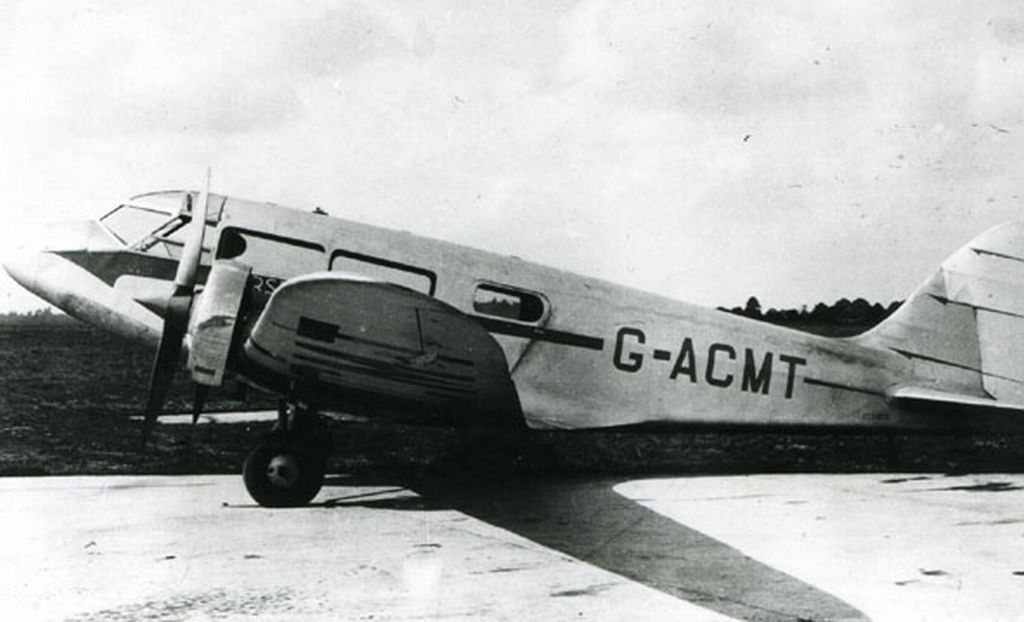

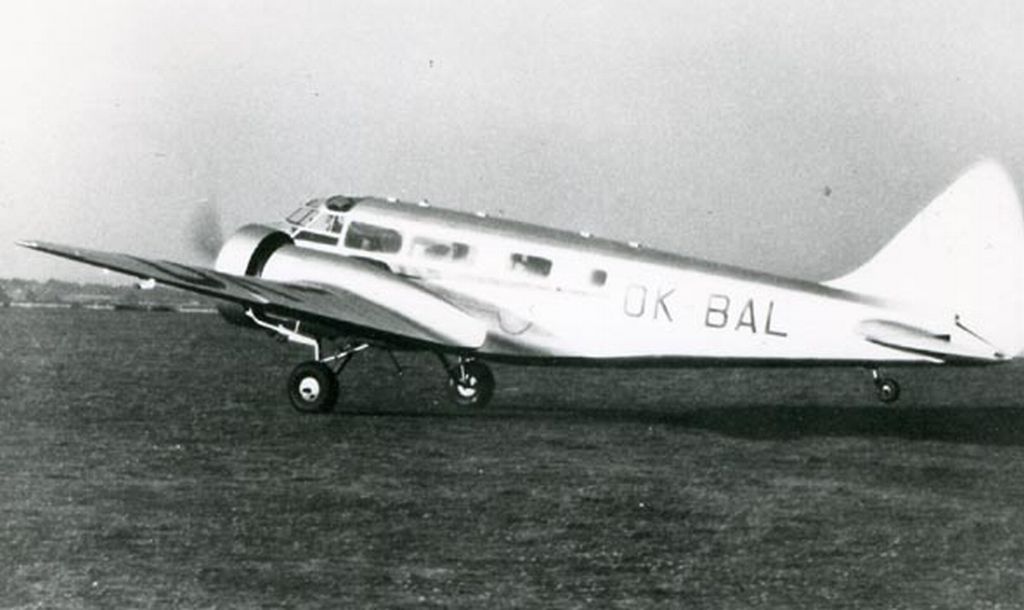

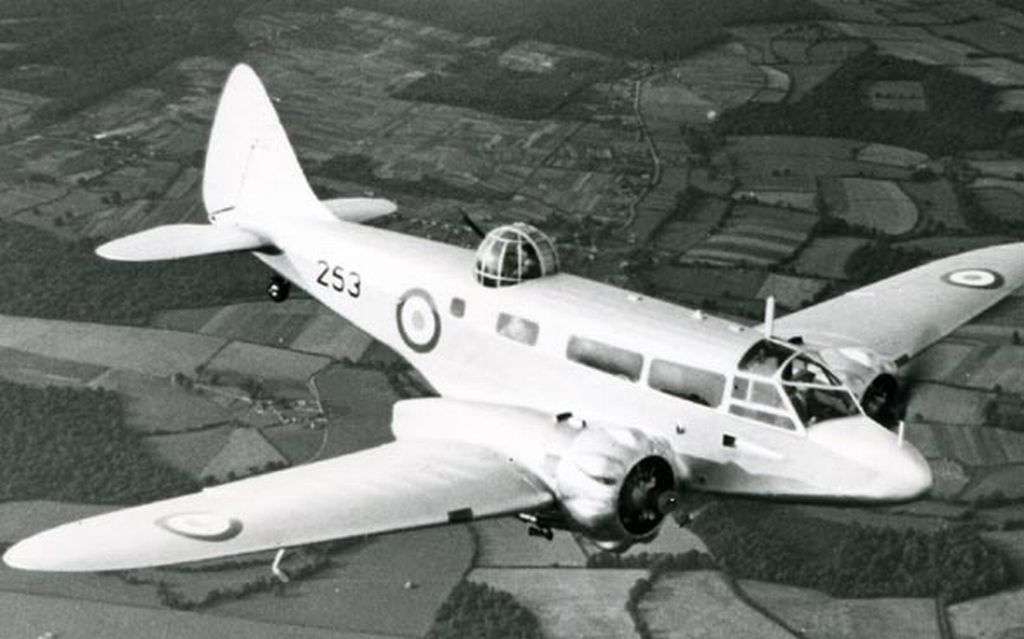
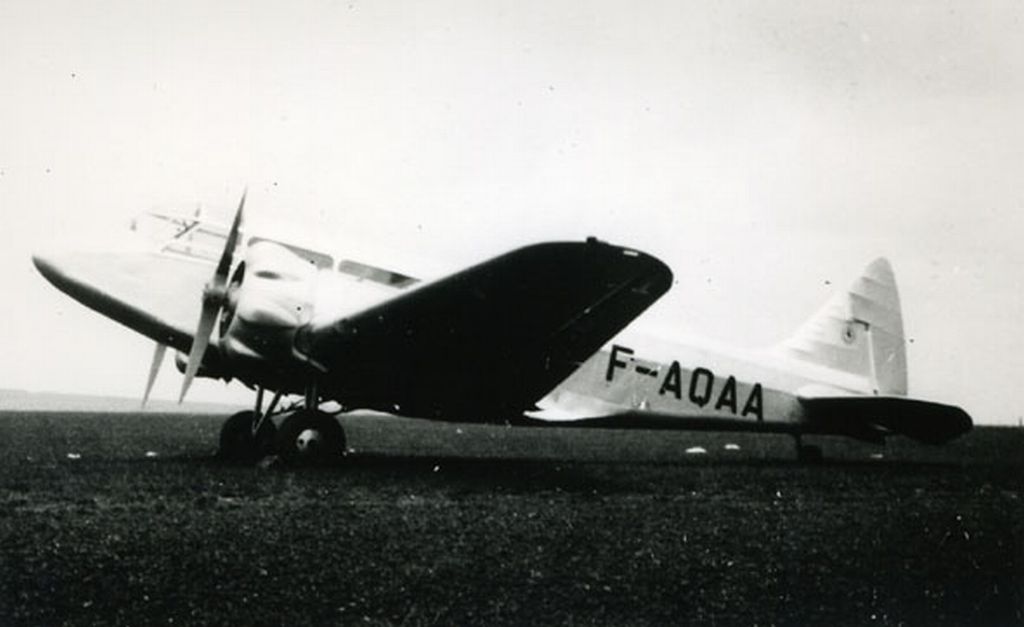
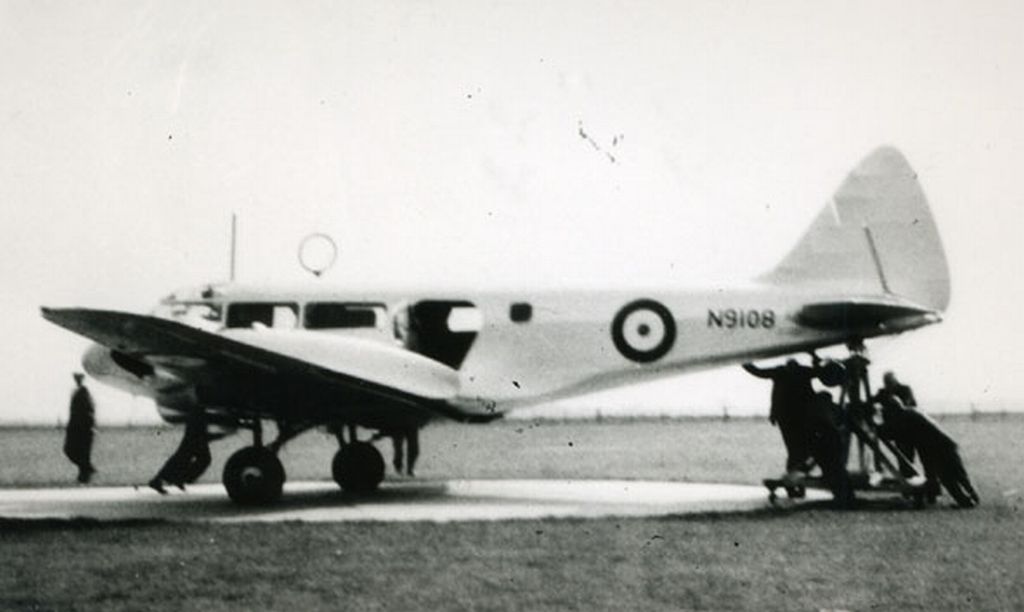
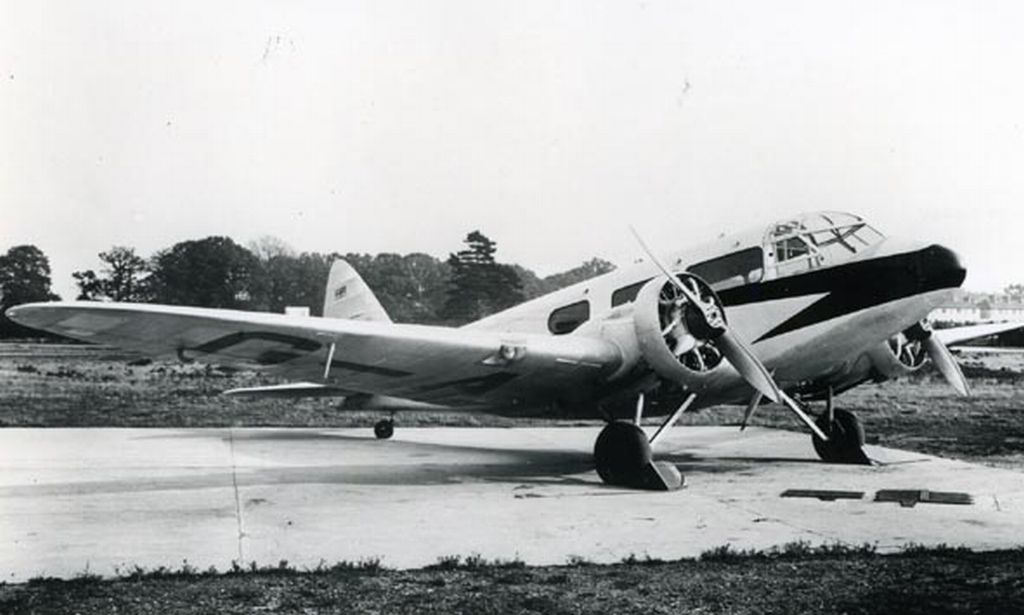
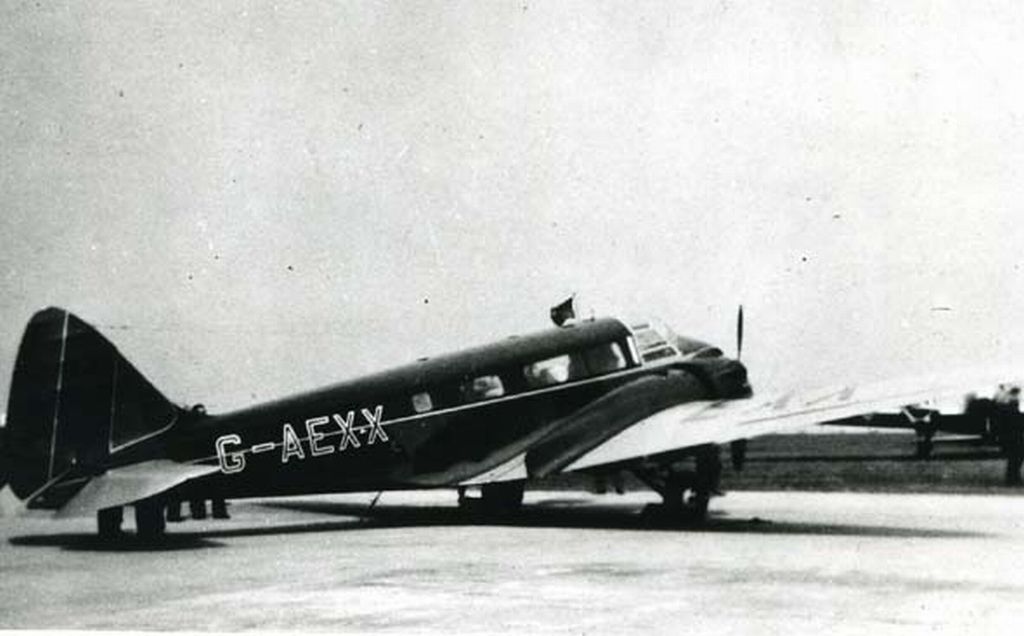
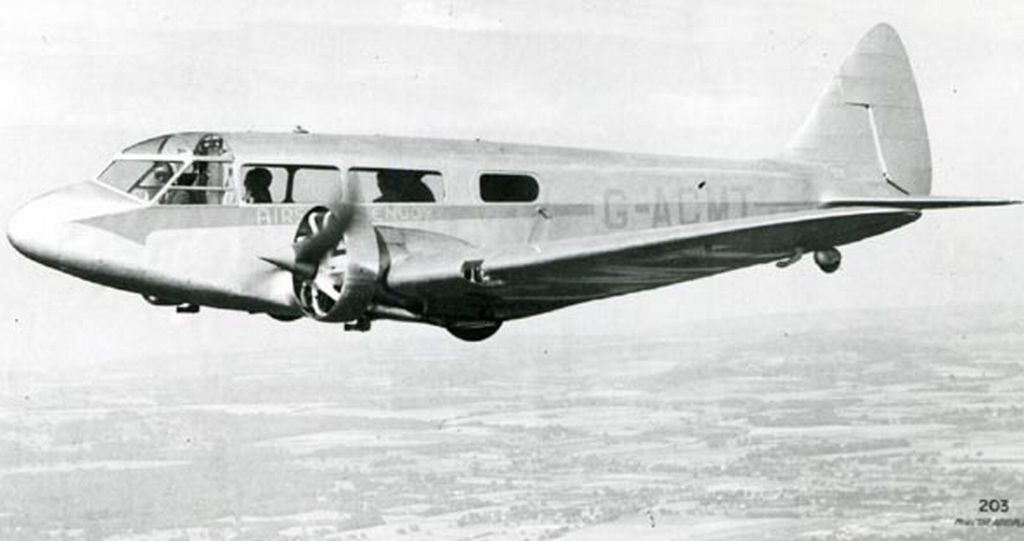
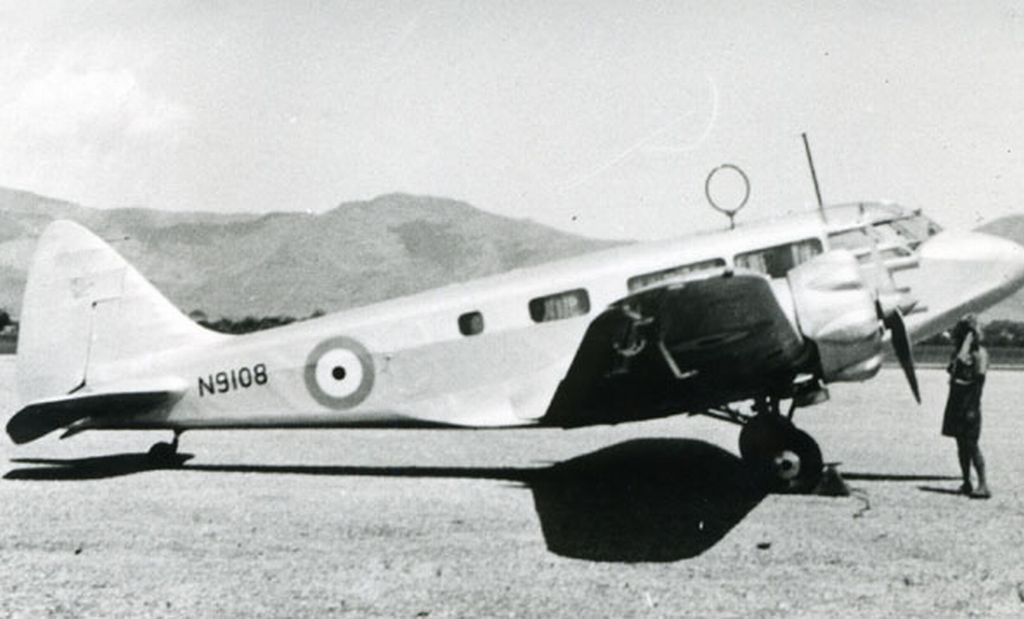

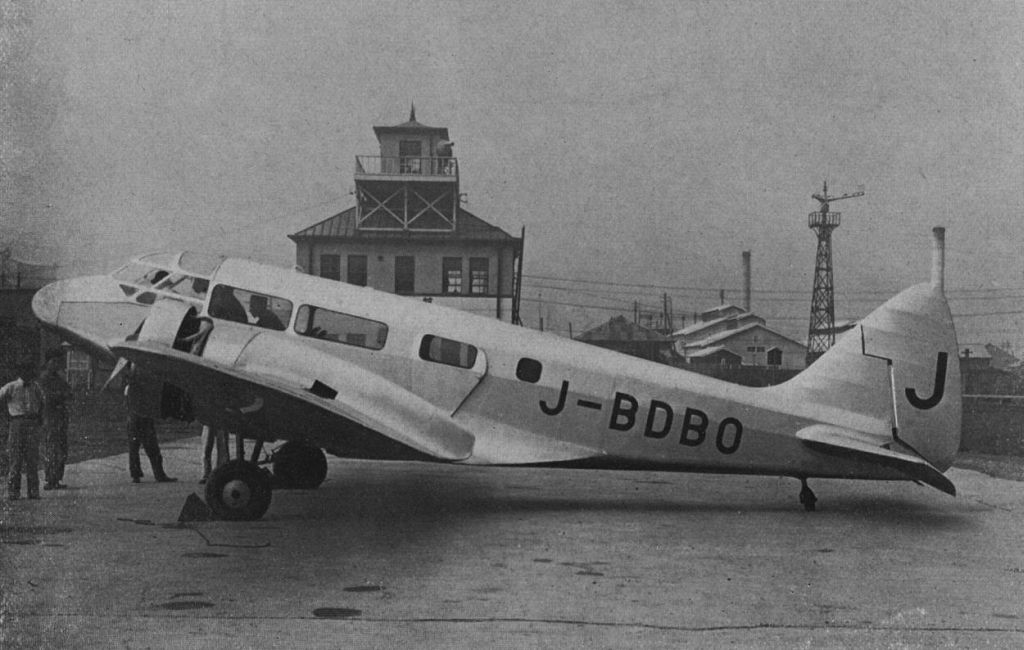
-
13 years agoMon Dec 09 2024, 10:44amDuggy
 Main AdminThe Oxford, built to Specification T.23/36, was based on Airspeed's commercial 8-seater aircraft, the AS.6 Envoy, designed by Hessell Tiltman. Seven Envoys had been modified for the South African Air Force as the "Convertible Envoy", which could be equipped at short notice with a single machine-gun in a hand-operated Armstrong Whitworth dorsal turret, and with bomb racks.
Main AdminThe Oxford, built to Specification T.23/36, was based on Airspeed's commercial 8-seater aircraft, the AS.6 Envoy, designed by Hessell Tiltman. Seven Envoys had been modified for the South African Air Force as the "Convertible Envoy", which could be equipped at short notice with a single machine-gun in a hand-operated Armstrong Whitworth dorsal turret, and with bomb racks.
Airspeed Ltd. was founded by Nevil Shute Norway (later to become a well-known novelist under his first two names) and the talented designer Hessell Tiltman. In his autobiography, Slide Rule: Autobiography of an Engineer, Nevil Norway gives an account of the founding of the company and of the processes that led to the development and large scale production of the Oxford. (He received the Fellowship of the Royal Aeronautical Society for his innovative fitting of a retractable undercarriage to the aircraft.)
The Oxford was a low-wing cantilever monoplane with a semi-monocoque constructed fuselage and wooden tail unit. Its main landing gear struts retracted into the engine nacelles. It used conventional landing gear configuration. With a normal crew of three the seating could be changed to suit the training role. The cockpit had dual controls and two seats for a pilot and either a navigator or second pilot. When used for bombardier training, the second set of controls was removed and the space was used for a prone bomb-aimer. When used as a navigation trainer the second seat was pushed back to line up with the chart table. Aft of the pilots' area was a wireless operator station, facing aft on the starboard side of the fuselage. In the Oxford I a dorsal turret is located amidships. The aircraft could be used for training navigators, bomb-aimers, wireless operators, air gunners and camera operators. The Oxford could also be used as an air ambulance.
A total of 8,586 Oxfords were built, with 4,411 and by Airspeed at its Portsmouth factory, 550 at the Airspeed-run shadow factory at Christchurch, Dorset, 1,515 by de Havilland at Hatfield, 1,360 by Percival Aircraft at Luton and 750 by Standard Motors at Coventry.
The Oxford (nicknamed the 'Ox-box') was used to prepare complete aircrews for RAF's Bomber Command and as such could simultaneously train pilots, navigators, bomb aimers, gunners, or radio operators on the same flight. In addition to training duties, Oxfords were used in communications and anti-submarine roles and as ambulances in the Middle East.
The Oxford was the preferred trainer for the Empire Air Training Scheme (EATS) and British Commonwealth Air Training Plan (BCATP) which sent thousands of potential aircrew to Canada for training. 27 Oxfords were on the strength of No 4 Flying Training School RAF Habbaniya, Iraq in early 1941 and some were converted locally for use as light bombers to help in the successful defence of the School against threatening and attacking Iraqi forces.
In 1941, the aviatrix Amy Johnson went missing in an Airspeed Oxford, presumably crashing into the Thames Estuary.
After the war, 152 surplus Oxfords were converted into small 6-seat commercial airliners called the AS.65 Consul. A few Oxfords were acquired by the Hellenic Air Force and used during the Greek Civil War by No. 355 Squadron RHAF.
Although the Oxford was equipped with fixed-pitch Fairey-Reed propellers, the cockpit contained a propeller pitch lever which had to be moved from "Coarse" to "Fine" for landing. This was done to reinforce this important step for training pilots.
Oxfords continued to serve the Royal Air Force as trainers and light transports until the last was withdrawn from service in 1956. Some were sold for use by overseas air arms, including the Royal Belgian Air Force.
AS.10 Oxford I
To produce the Oxford I for the Royal Air Force, Airspeed increased the wingspan, modified the nose and employed fully cowled Armstrong Siddeley Cheetah IX radial engines of 350 hp (265 kW). The first Mark I flew on 19 June 1937 and entered service with the Central Flying School in November of that year. By the start of the war, about 300 Mk I Oxfords were in service with the RAF, while a number were also being used by the Royal New Zealand Air Force to train pilots for the RAF.
AS.10 Oxford II
The prevalence of powered turrets by the start of the war meant the Oxford's role as a gunnery trainer lapsed. The Oxford II, 70 of which were in service by the start of the war, dispensed with the turret and were used primarily as radio and navigation trainers.
AS.10 Oxford III
Powered by two Cheetah XV engines with 425 hp (315 kW) and Rotol constant-speed propellers, used for navigation and radio training.
AS.10 Oxford IV
Flying test-bed for de Havilland Gipsy Queen IV engines.
Oxford T.II
Only 9 of these were built, eight of them being conversions of Mk Is.
AS.40 Oxford
Civil conversion for radio research, two built.
AS.41 Oxford
Used by Miles Aircraft as a flying test-bed for Alvis Leonides engine, one conversion.
AS.42 Oxford
Oxford I to meet Specification T.39/37 for New Zealand.
AS.43 Oxford
Survey variant of the AS.42
AS.46 Oxford V
The final variant, upgraded to Pratt & Whitney R-985 radial engines with 450 hp (335 kW) and Hamilton-Standard variable pitch propellers. Many Mark I and II Oxfords were upgraded to the Mark V standard.
AS.65 Consul
After the end of WWII, over 150 aircraft surplus ex-RAF Oxfords were converted for civilian transport operation; this type was known as the Airspeed Consul.
Manufacturer: Airspeed, deHavilland, Percival, Standard Motors
Crew / Passengers: Three-seat advanced trainer with four additional seats available.
Power Plant(s): (Mk. I): Two 370-h.p. Armstrong Siddeley "Cheetah "X" engines
(Mk.ll): Two 370-h.p. Armstrong Siddeley "Cheetah "X" engines.
(Mk.V): Two 450-h.p. Pratt & Whitney R-985-AN6 "Wasp Junior" engines
Performance: (Mk.ll): Max. speed, 188 mph Service ceiling, 19,500 lbs.
(Mk.V): Max. speed, 202 mph Service ceiling, 21,000 ft.
Weights: (Mk.ll): Empty, 5,380 lbs. Gross, 7,600 lbs.
(Mk.V): Empty, 5,670 lbs. Gross, 8,000 lbs.
Dimensions: Span, 53 ft. 4 in. Length, 34 ft. 6 in. Height, 11 ft. 1 in. Wing area, 348 sq. ft.
Armament: None, provision for one 0.303 machine gun in dorsal turret; up to twelve 25lb practice bombs.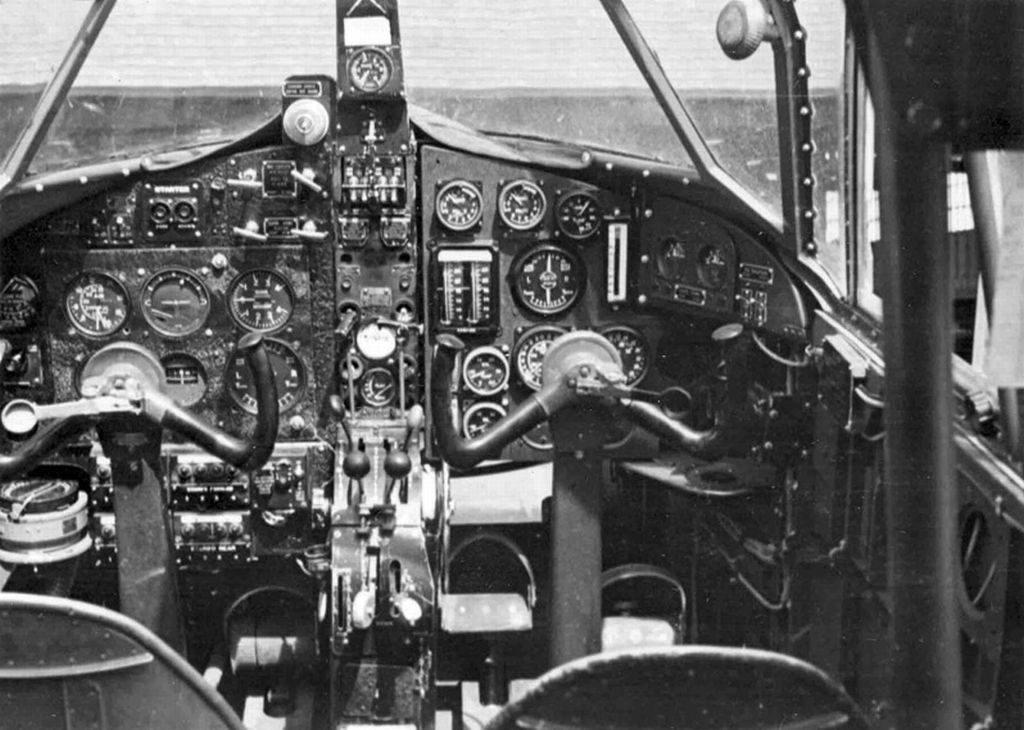
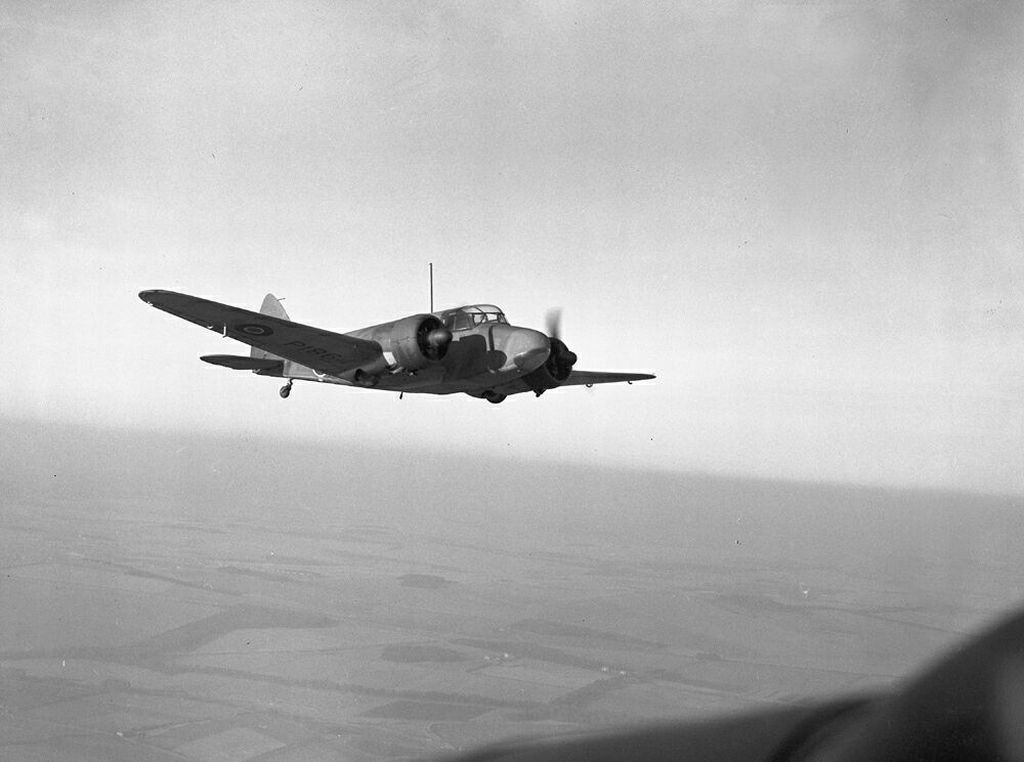
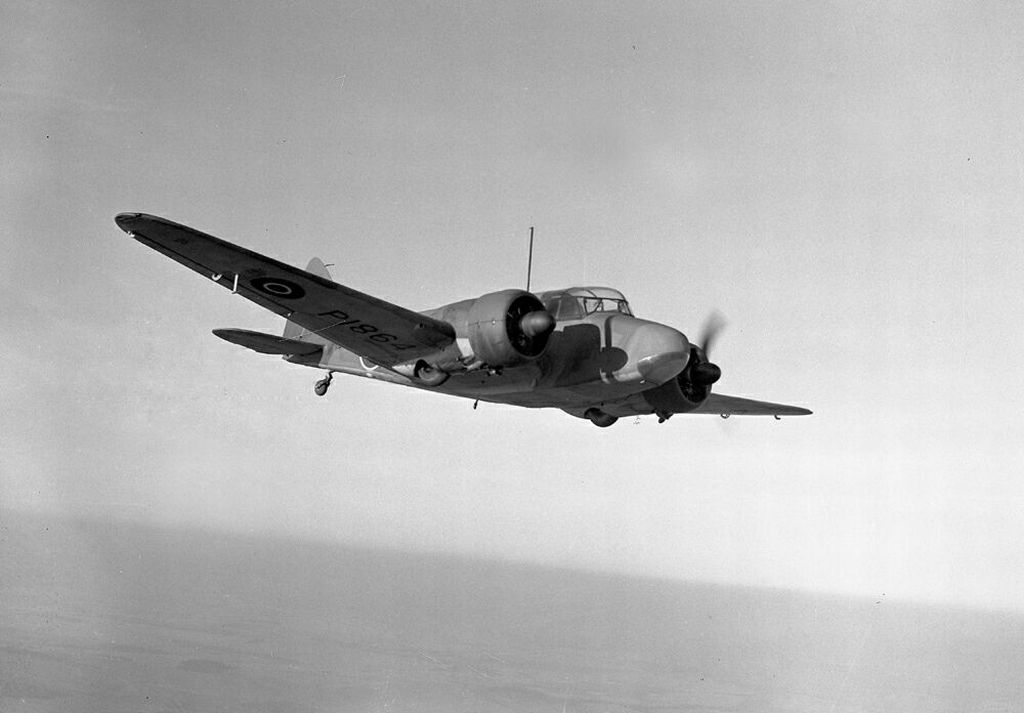
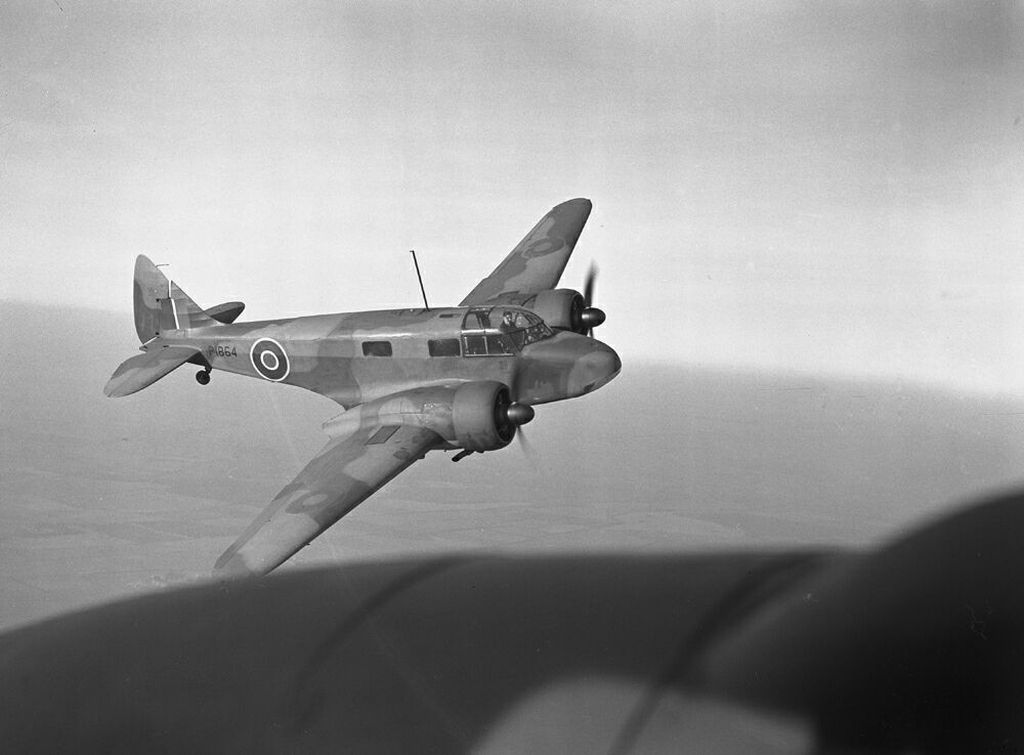
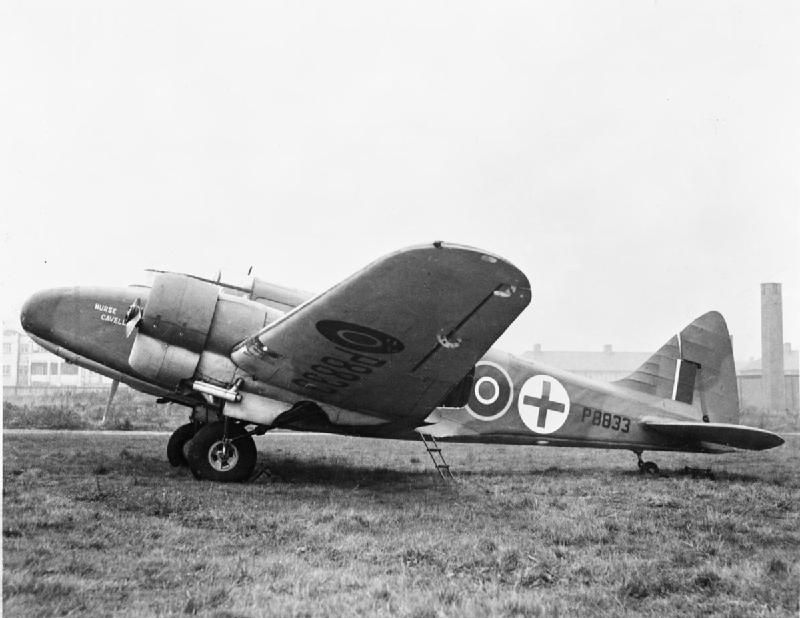
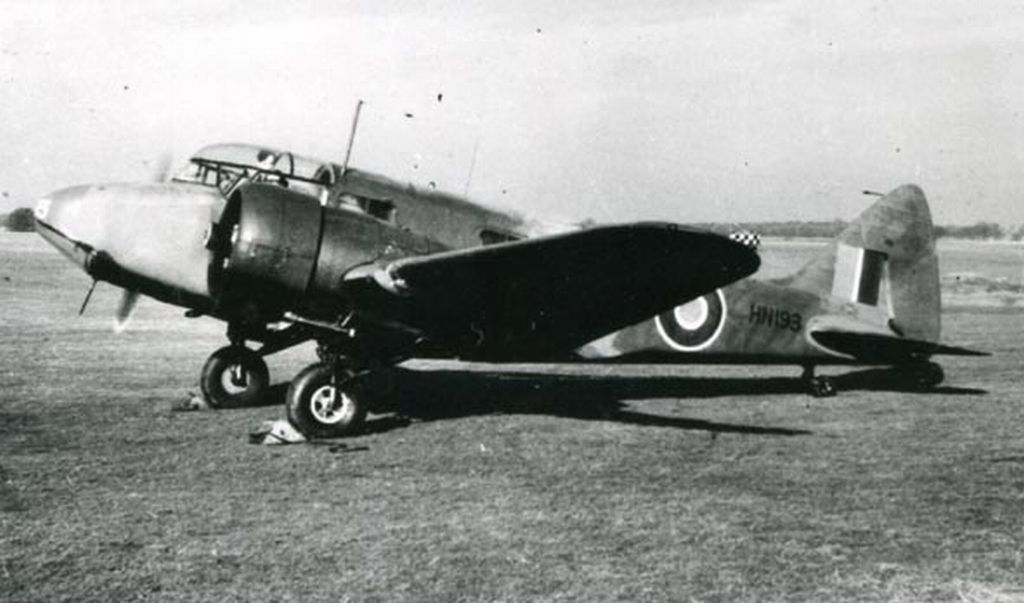
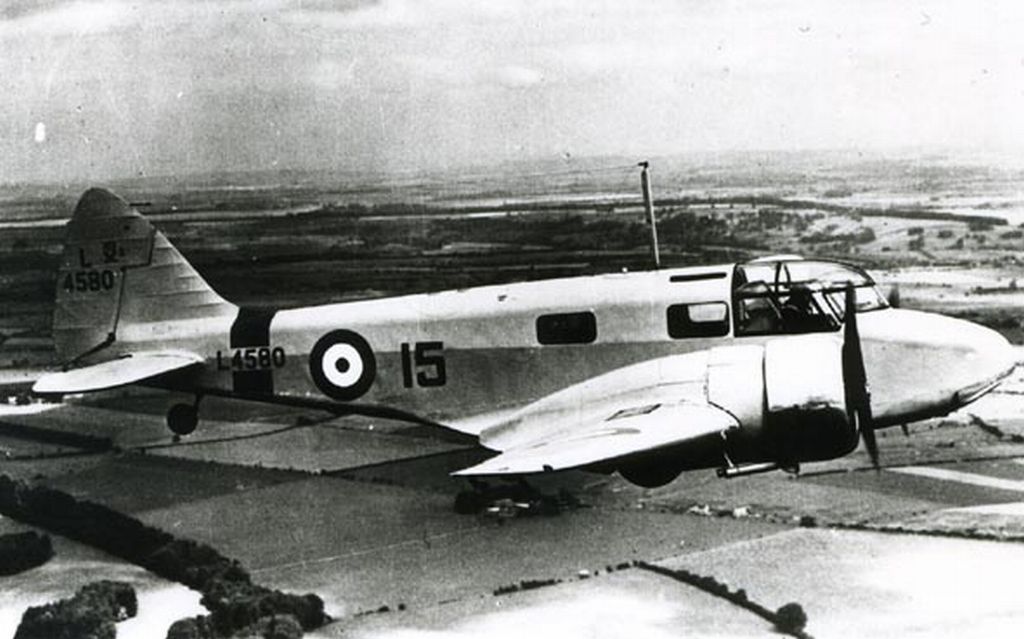

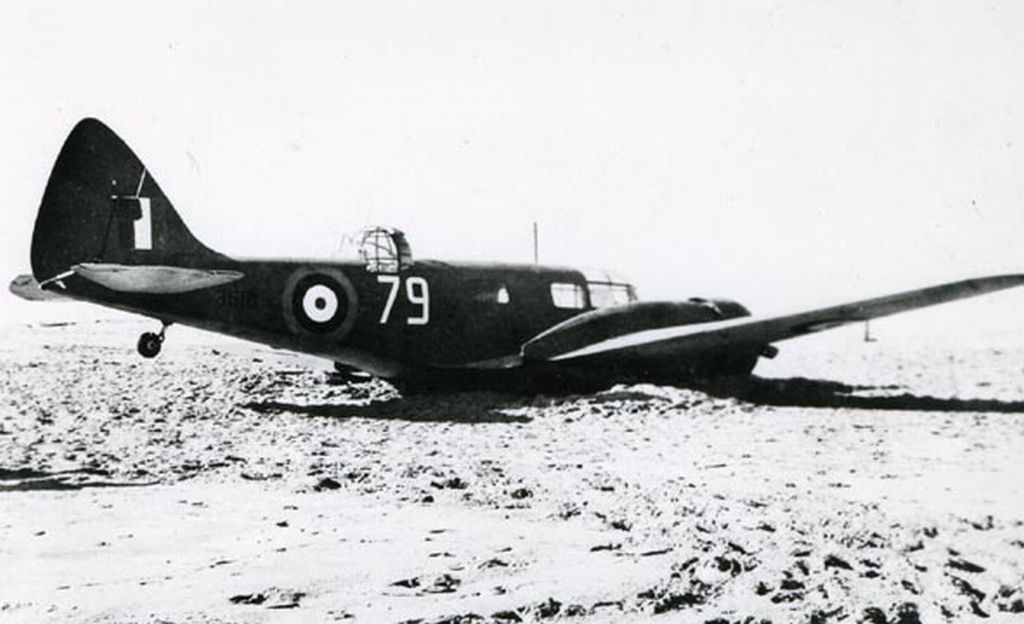
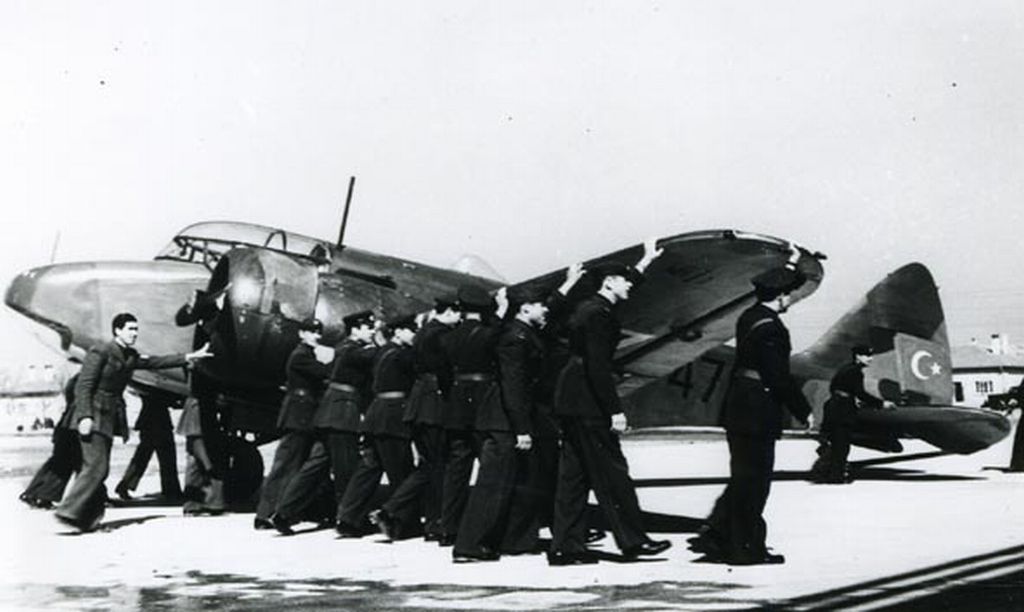
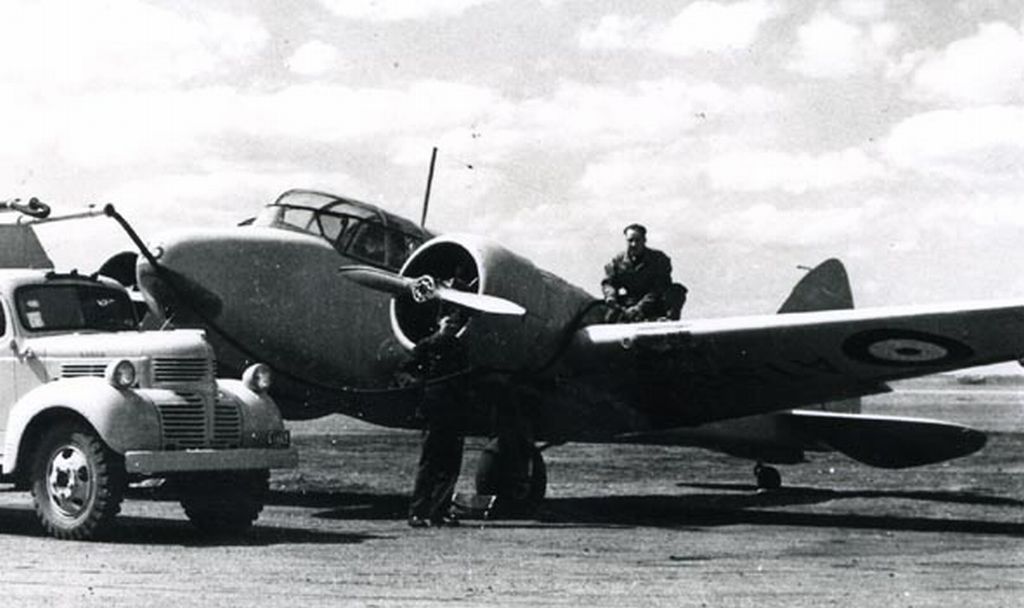
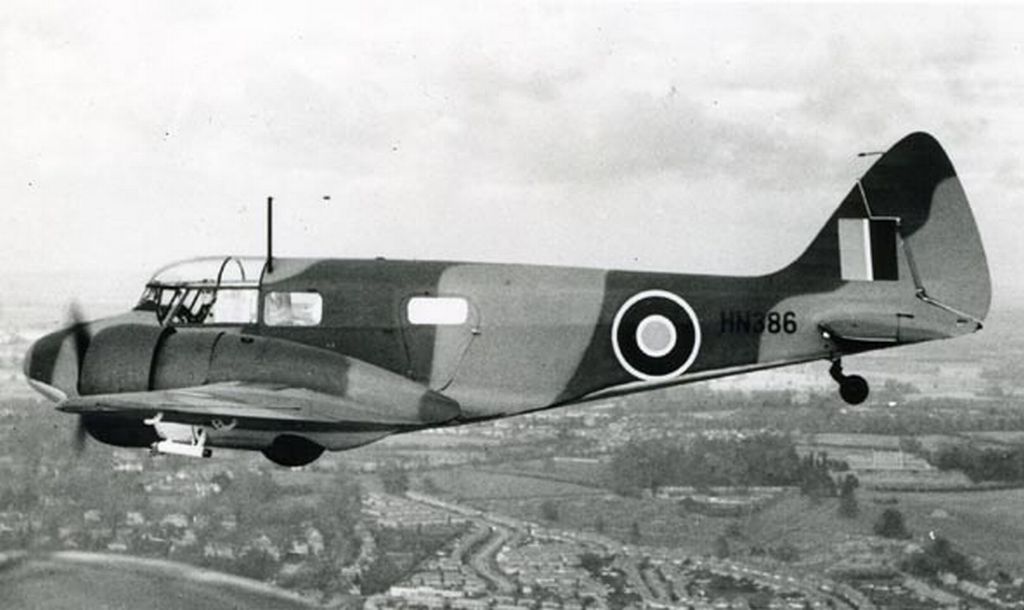
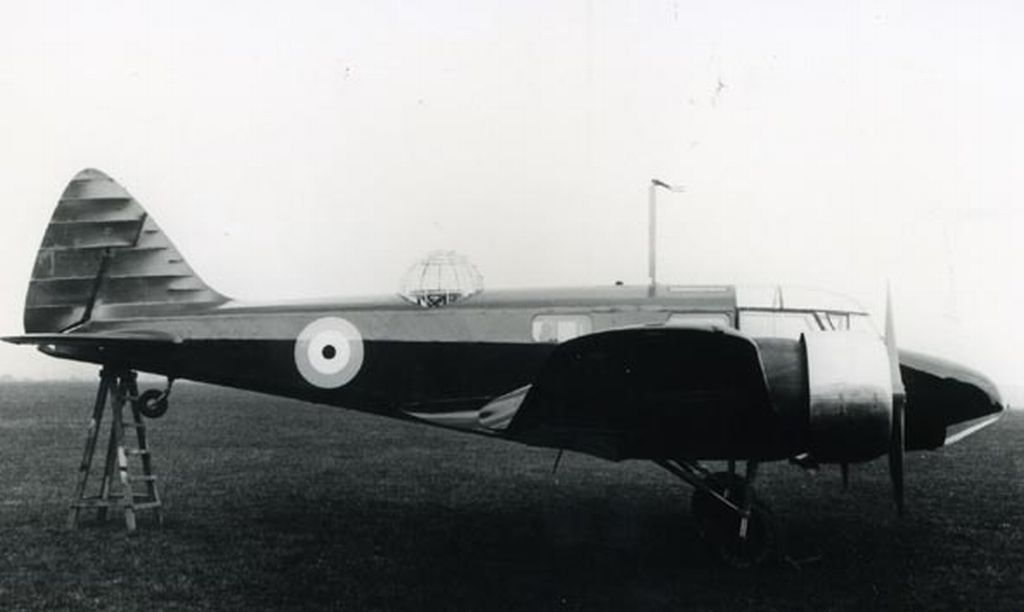

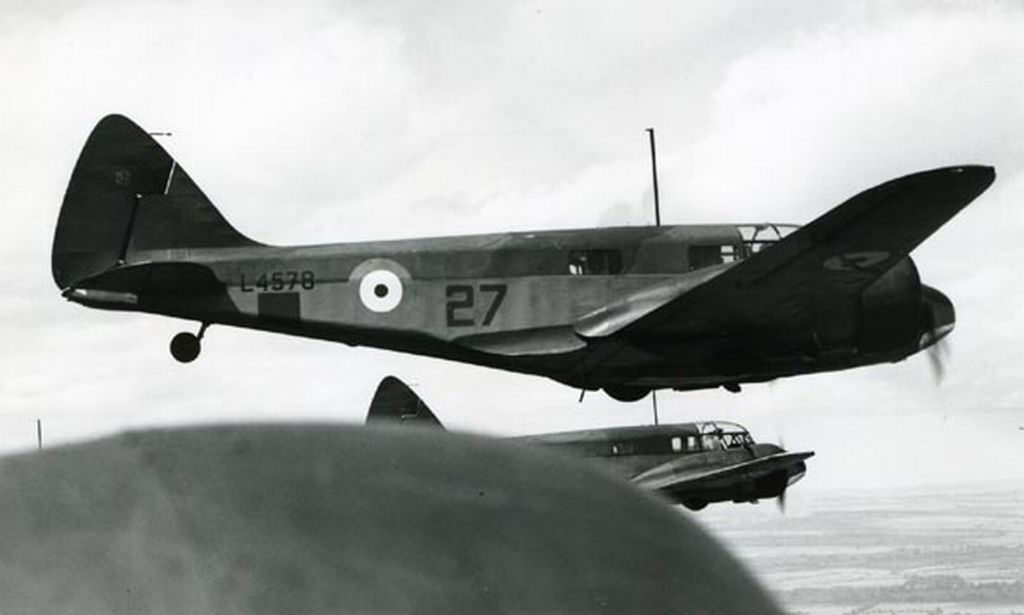
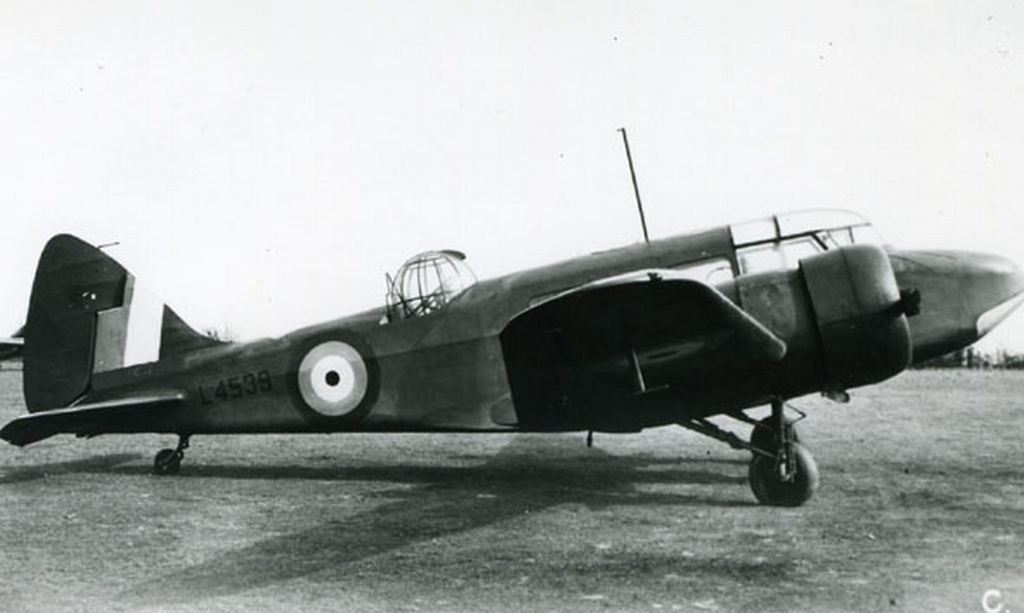
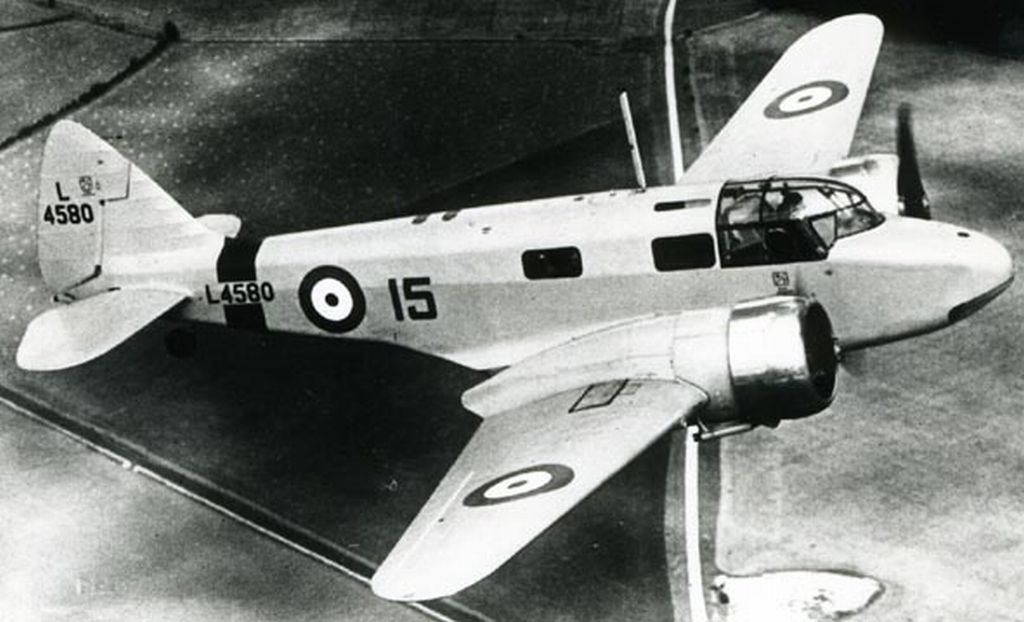
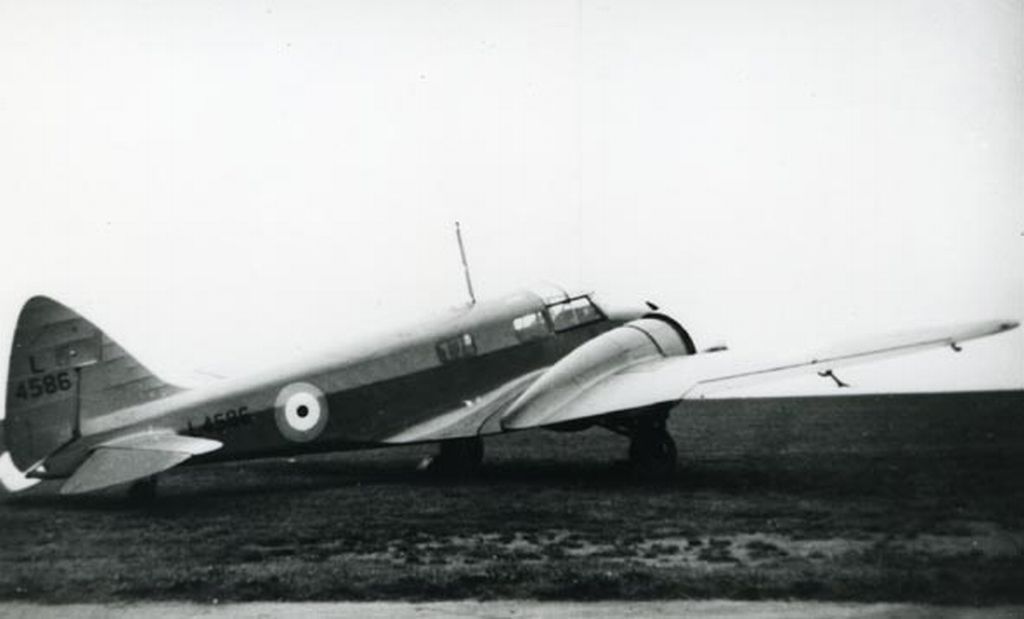
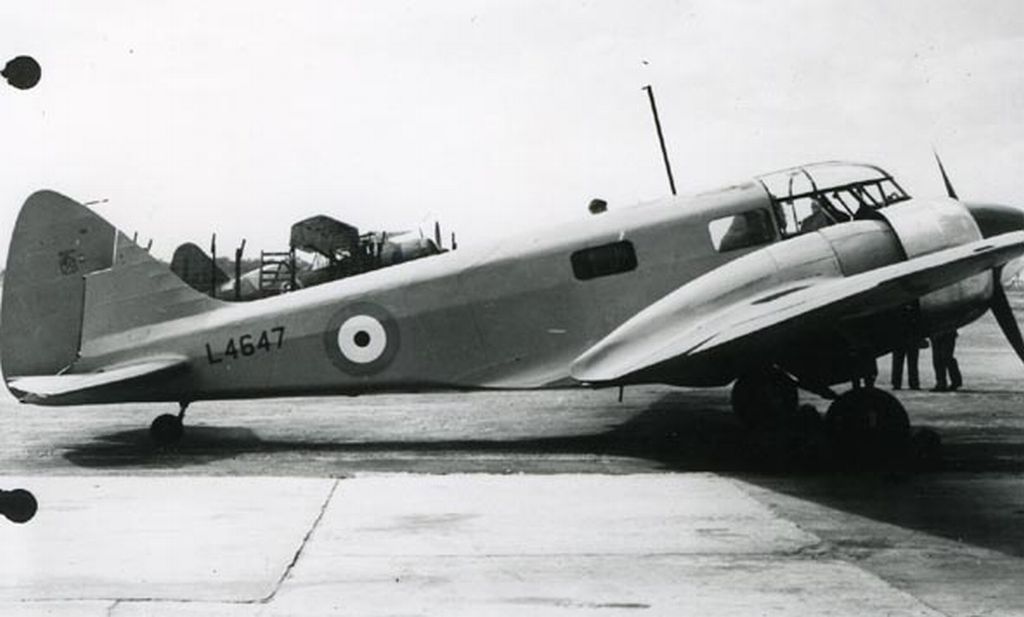


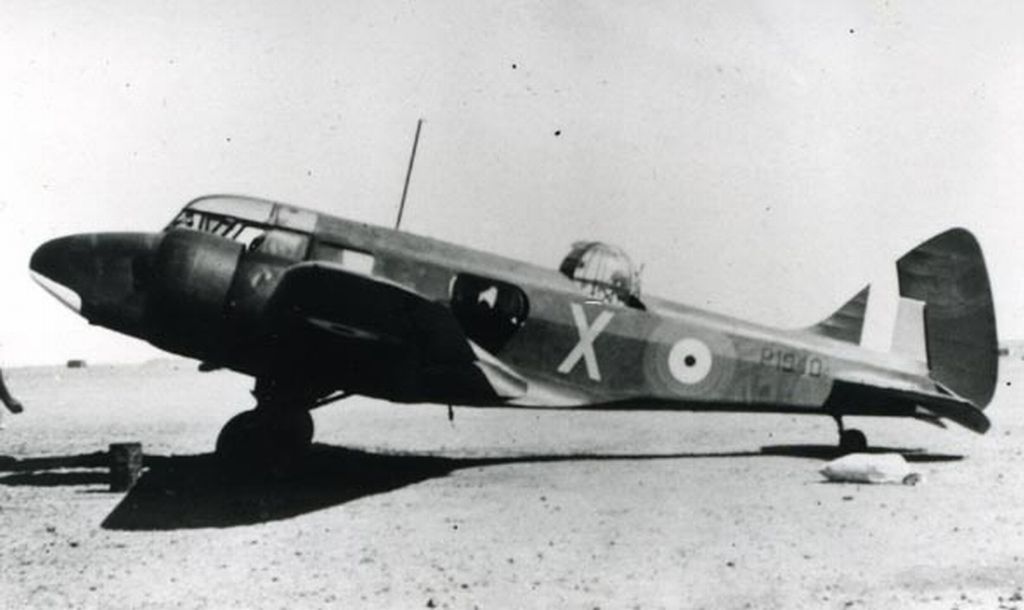
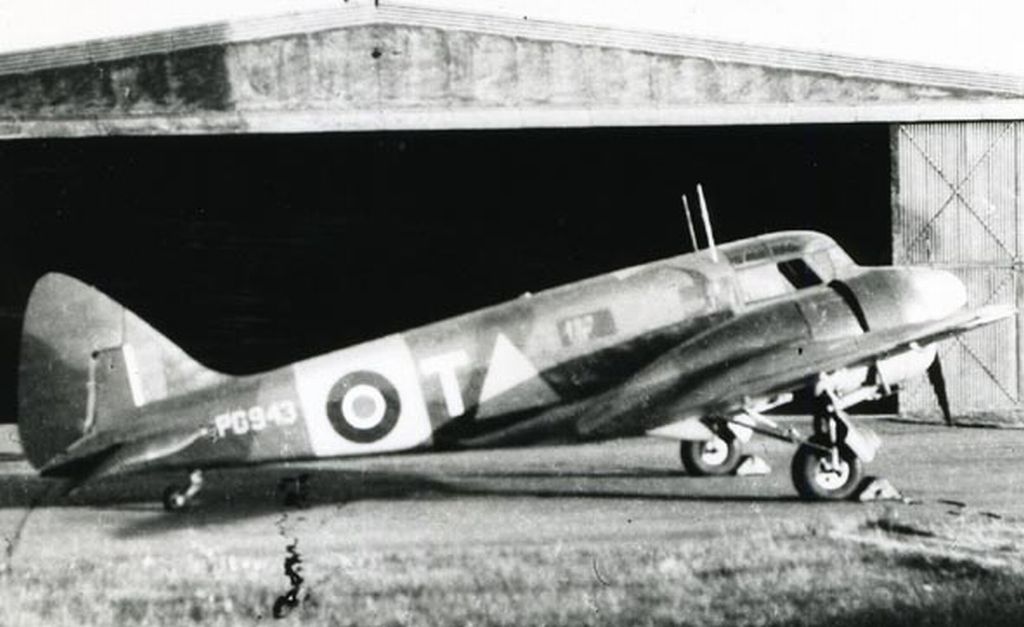
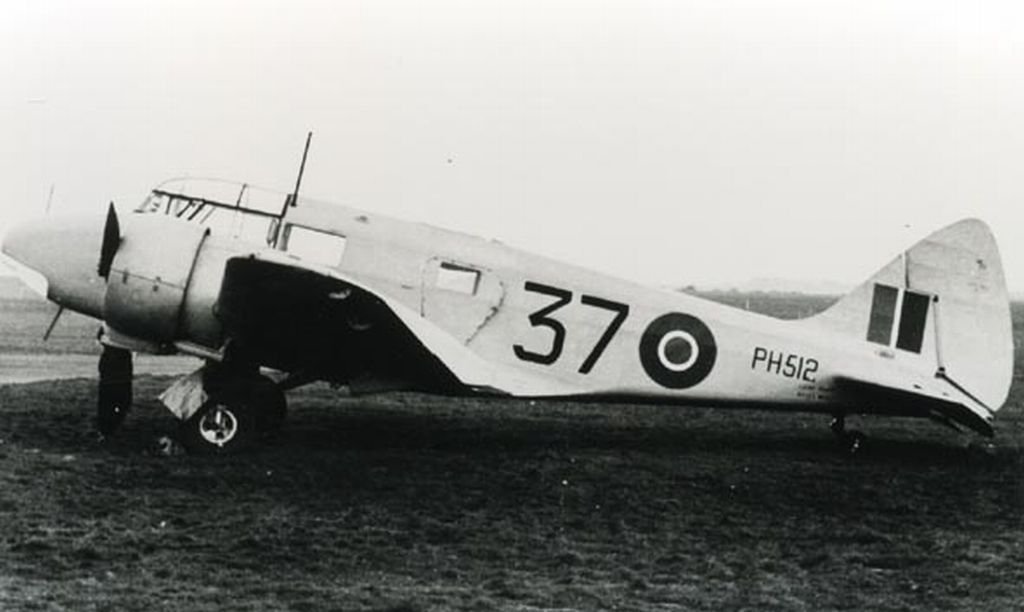
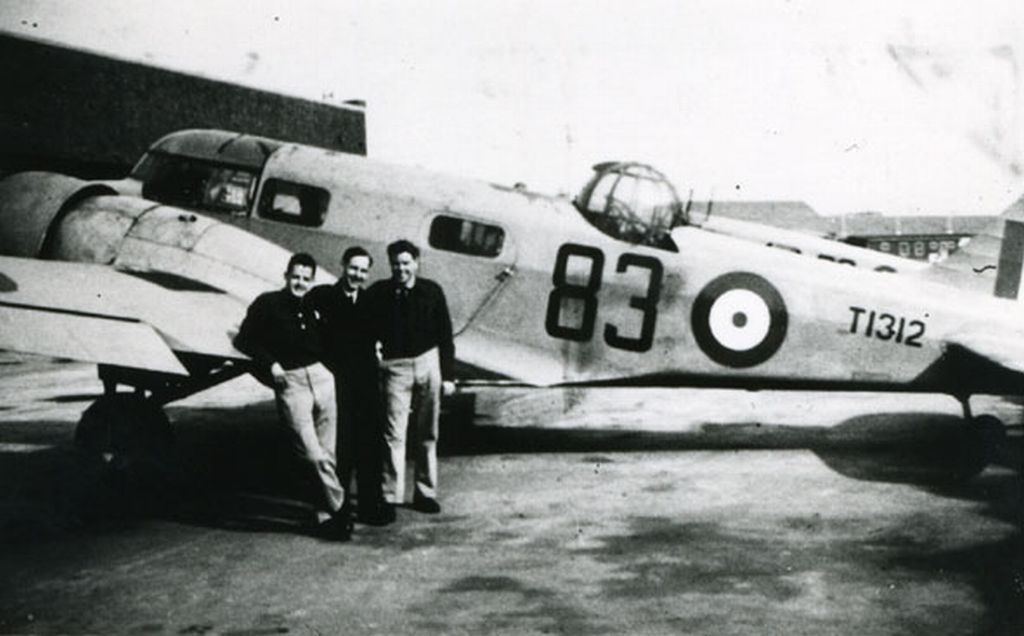
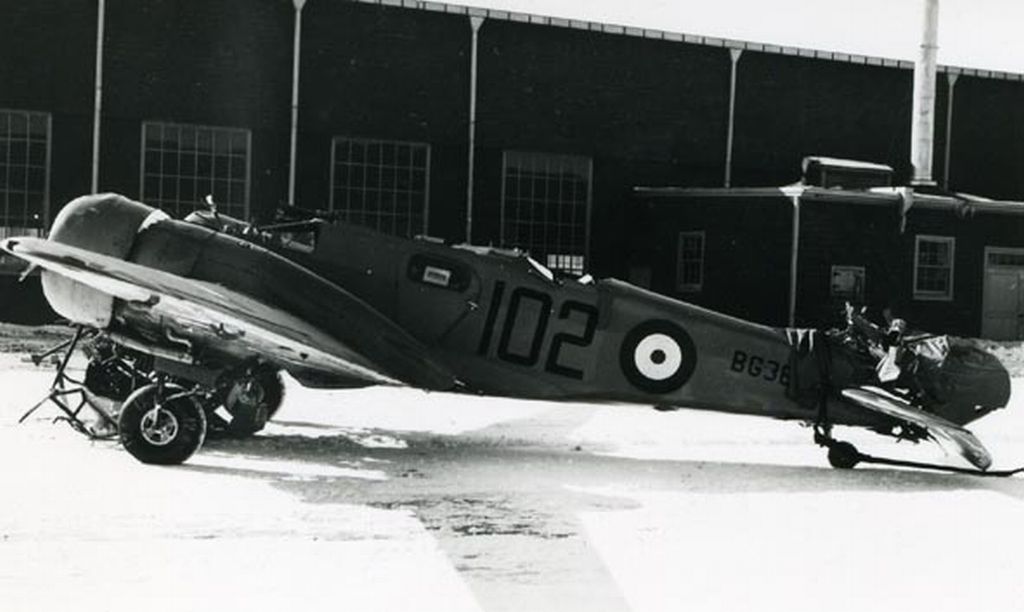

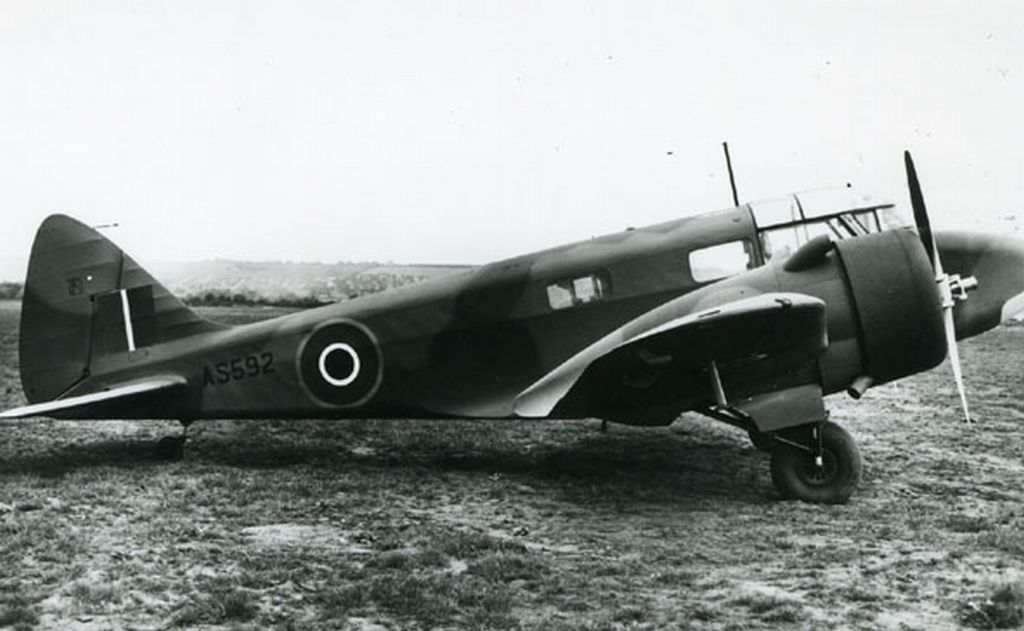
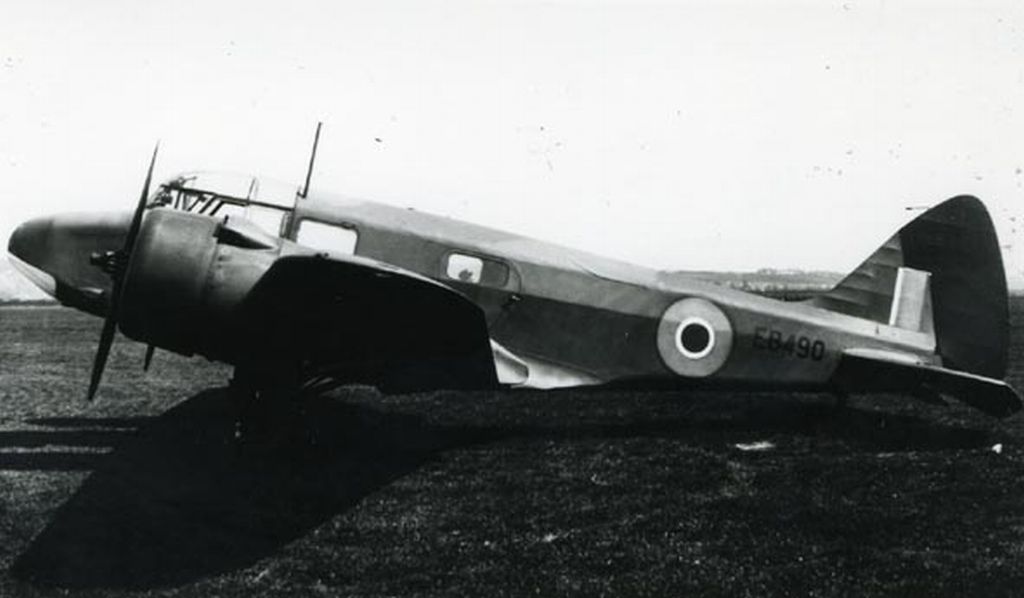
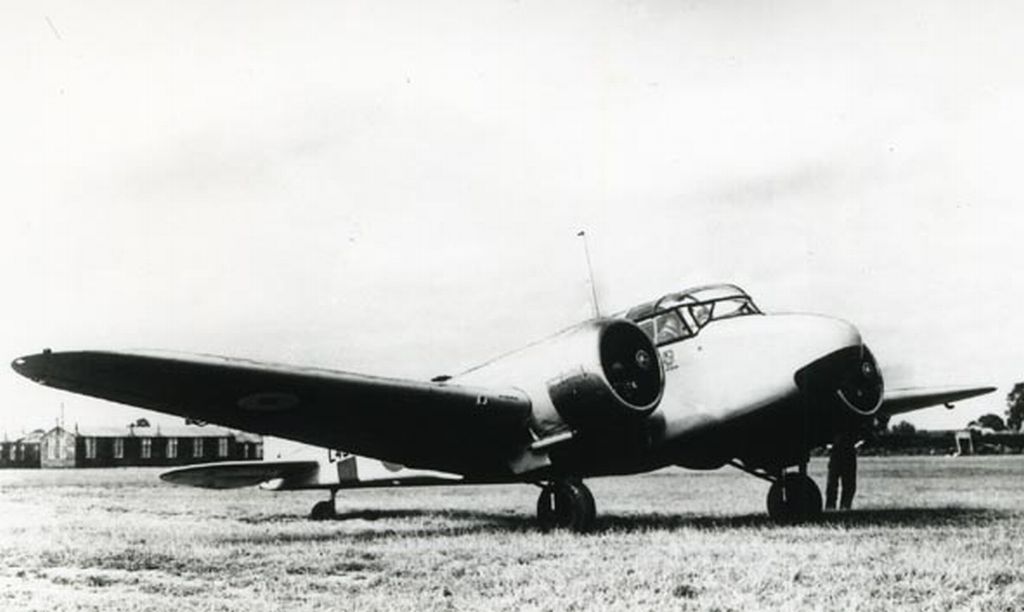
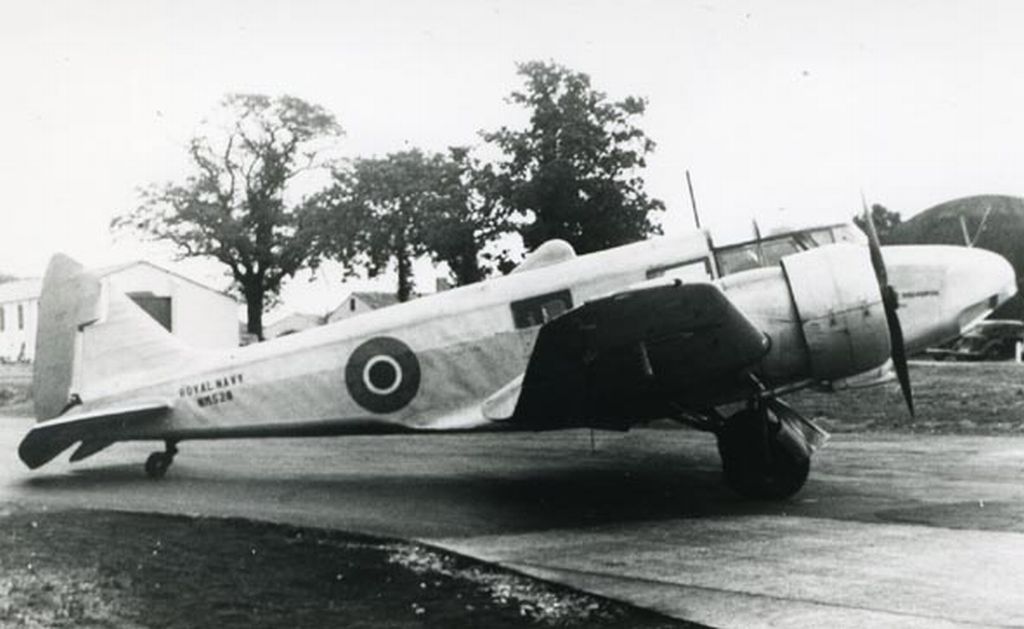
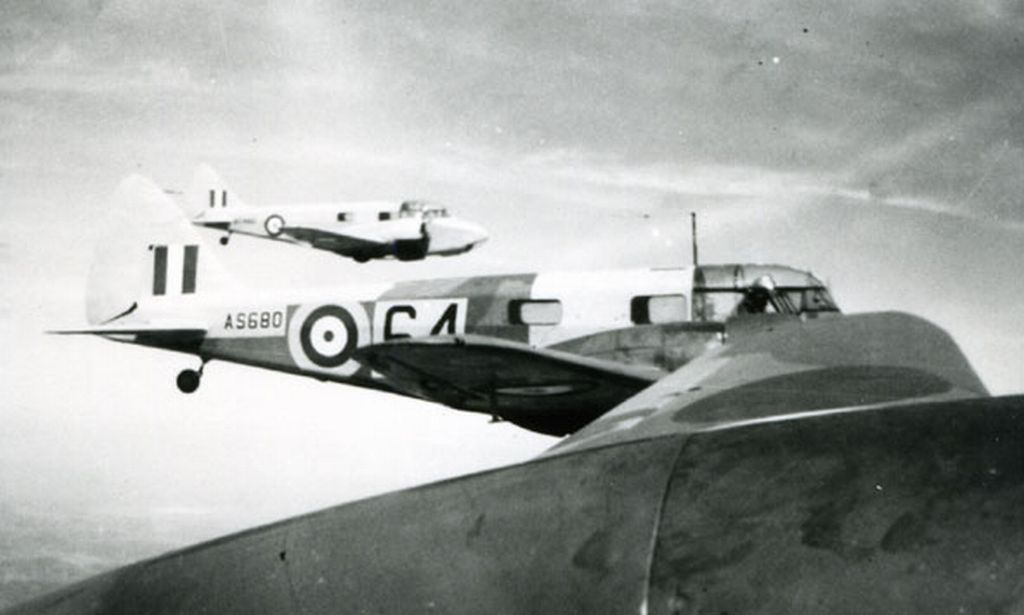





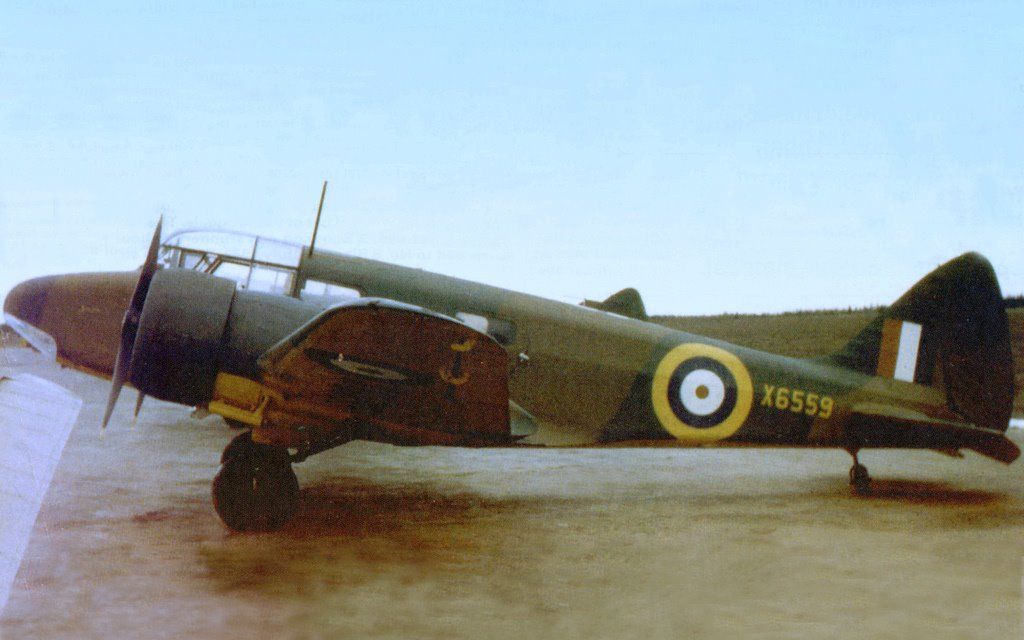

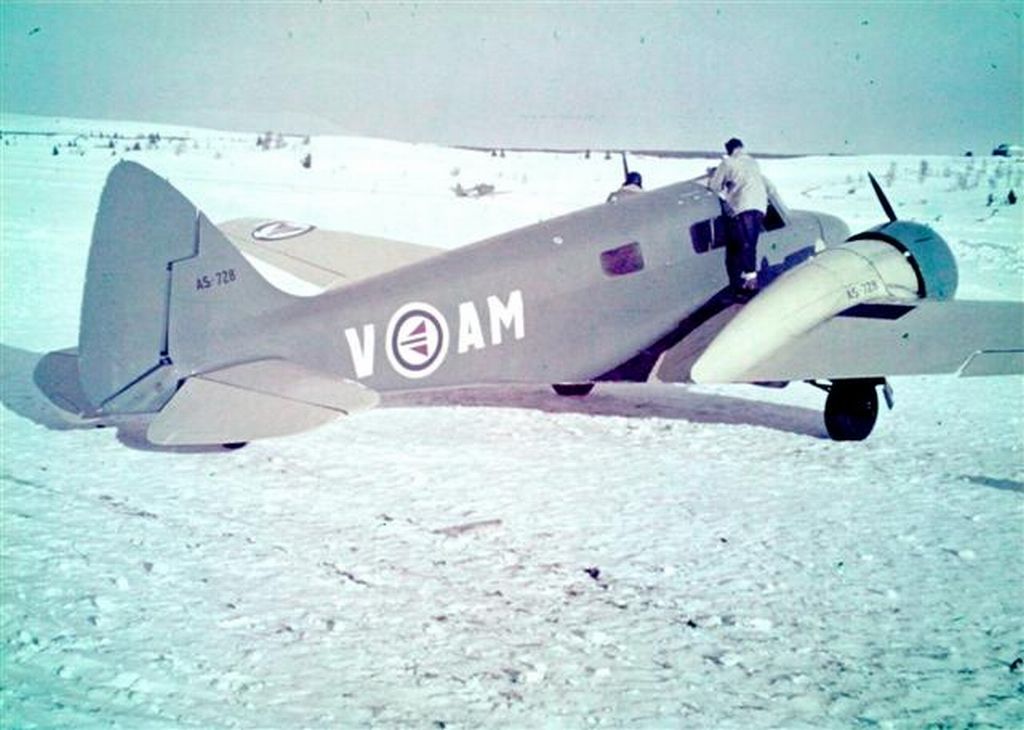
The Oxford might not be the first WW2 aircraft you think of, but it played a substantial role in ensuring victory, thanks to the thousands of aircrew trained in many countries.
Regards Duggy
-
What a great bunch of photos.
Thank you for sharing Duggy! -
4 years agoSun Sep 05 2021, 10:30pmDuggy
 Main Admin
Main Admin
Post a reply
- Go to Previous topic
- Go to Next topic
- Go to Welcome
- Go to Introduce Yourself
- Go to General Discussion
- Go to Screenshots, Images and Videos
- Go to Off topic
- Go to Works in Progress
- Go to Skinning Tips / Tutorials
- Go to Skin Requests
- Go to IJAAF Library
- Go to Luftwaffe Library
- Go to RAF Library
- Go to USAAF / USN Library
- Go to Misc Library
- Go to The Ops Room
- Go to Made in Germany
- Go to Campaigns and Missions
- Go to Works in Progress
- Go to Juri's Air-Raid Shelter
- Go to Campaigns and Missions
- Go to Works in Progress
- Go to Skinpacks
- Go to External Projects Discussion
- Go to Books & Resources
